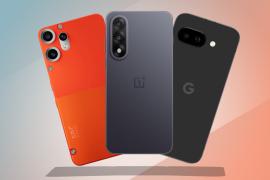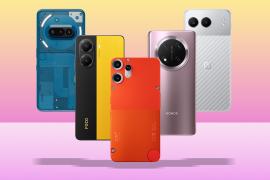Nothing Phone 3a Lite review: a no-frills twist that doesn’t need to exist (right now)
The first entry-grade Nothing phone keeps most of what made its bigger brothers stand out
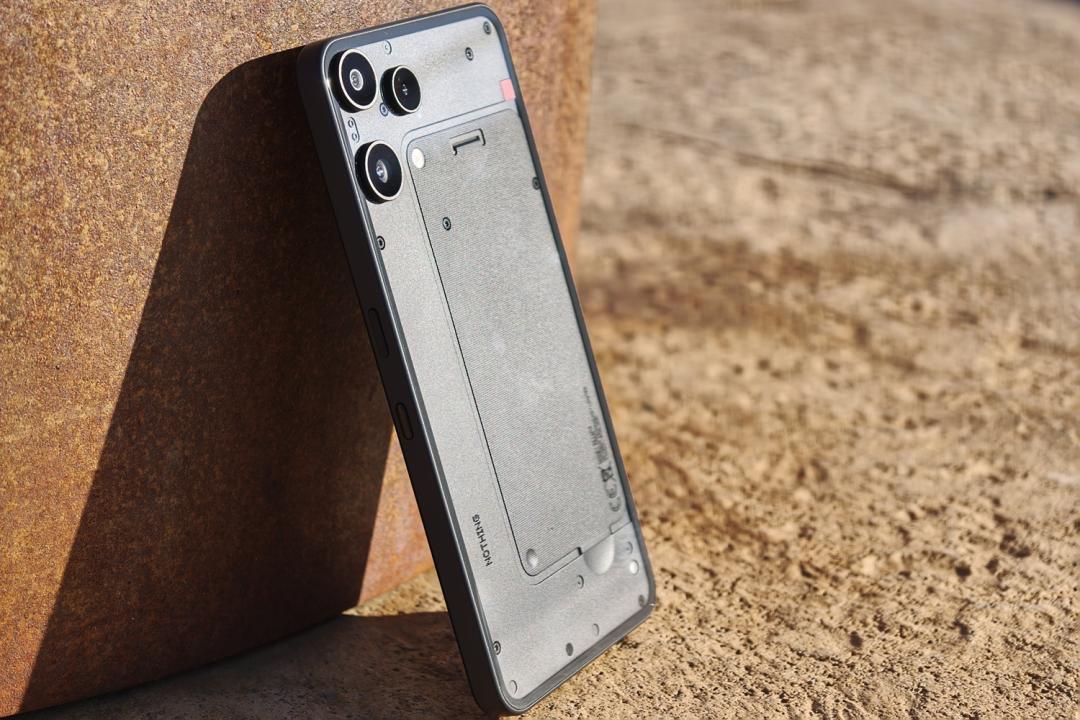
Stuff Verdict
The Phone 3a Lite brings the mainline Nothing lineup to new levels of affordability without fully abandoning its most distinctive features, but the price gap is narrow enough that most people should s
Pros
- Largely preserves the trademark Nothing design beats
- Good-looking screen and respectable battery life
- Familiar, fantastic take on Android runs smoothly for an entry-level phone
Cons
- Beaten on price – and spec – by its own sub-brand
- Limited long-term support, with future updates set to bring bloat and adware
- No stereo speakers
Introduction
Up to now, Nothing had let its colourful sub-brand CMF have exclusive domain of the truly cheap phone class. The Phone 3a Lite is an about-face, pushing the firm’s budget-friendly mainline models into entry-level territory for the first time.
It distils the Phone 3a and Phone 3a Pro’s trademark transparent styling and Glyph lighting down to £249/€249 (there was no word of a US launch at the time of writing), using a hardware blueprint established by CMF earlier this year.
This isn’t just a CMF Phone 2 Pro in a Nothing suit; it’s more expensive, and even takes a few backward steps on spec. Do those distinctive looks justify its existence?
How we test smartphones
Every phone reviewed on Stuff is used as our main device throughout the testing process. We use industry standard benchmarks and tests, as well as our own years of experience, to judge general performance, battery life, display, sound and camera image quality. Manufacturers have no visibility on reviews before they appear online, and we never accept payment to feature products.
Find out more about how we test and rate products.
Design & build: keep it in the family
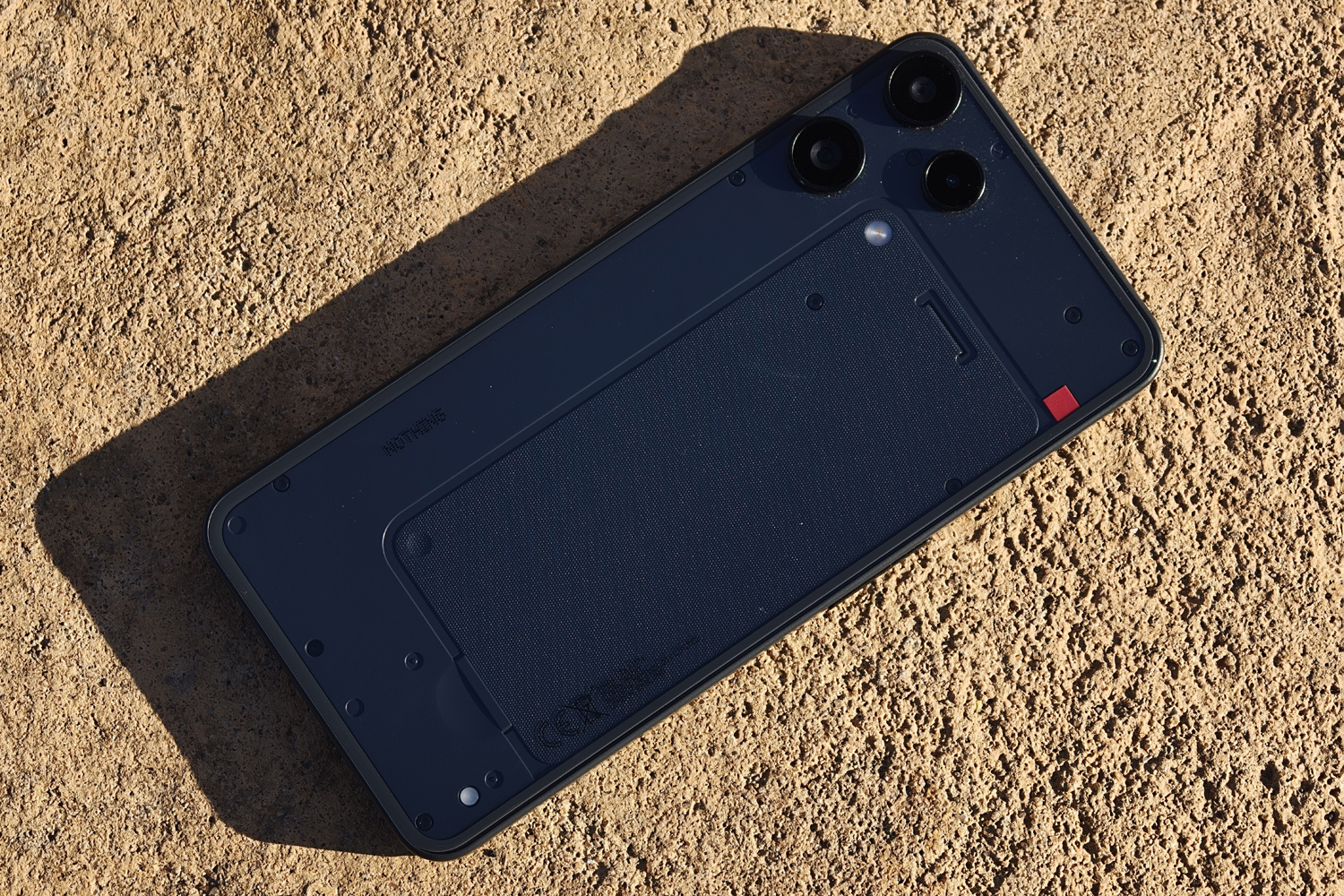
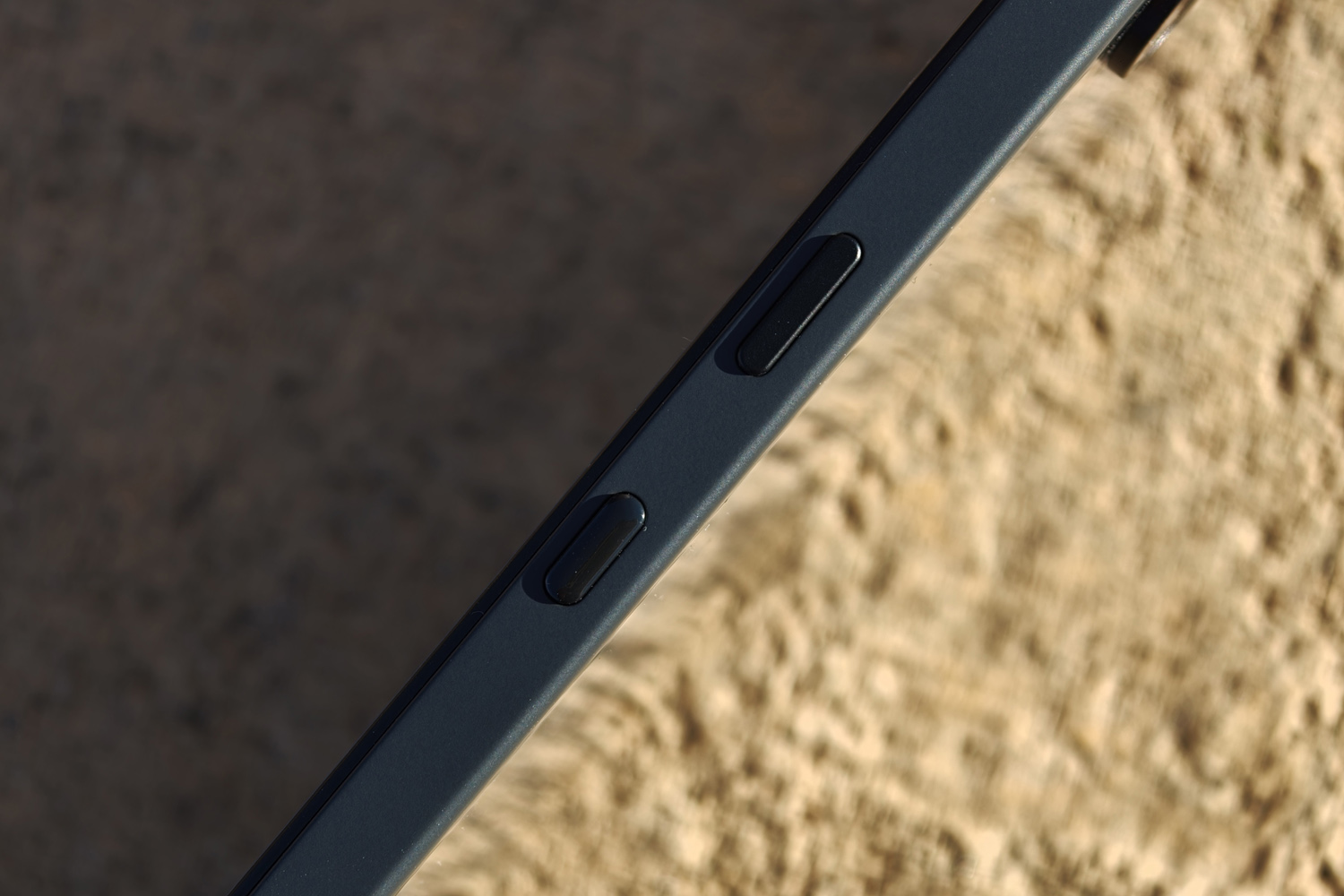
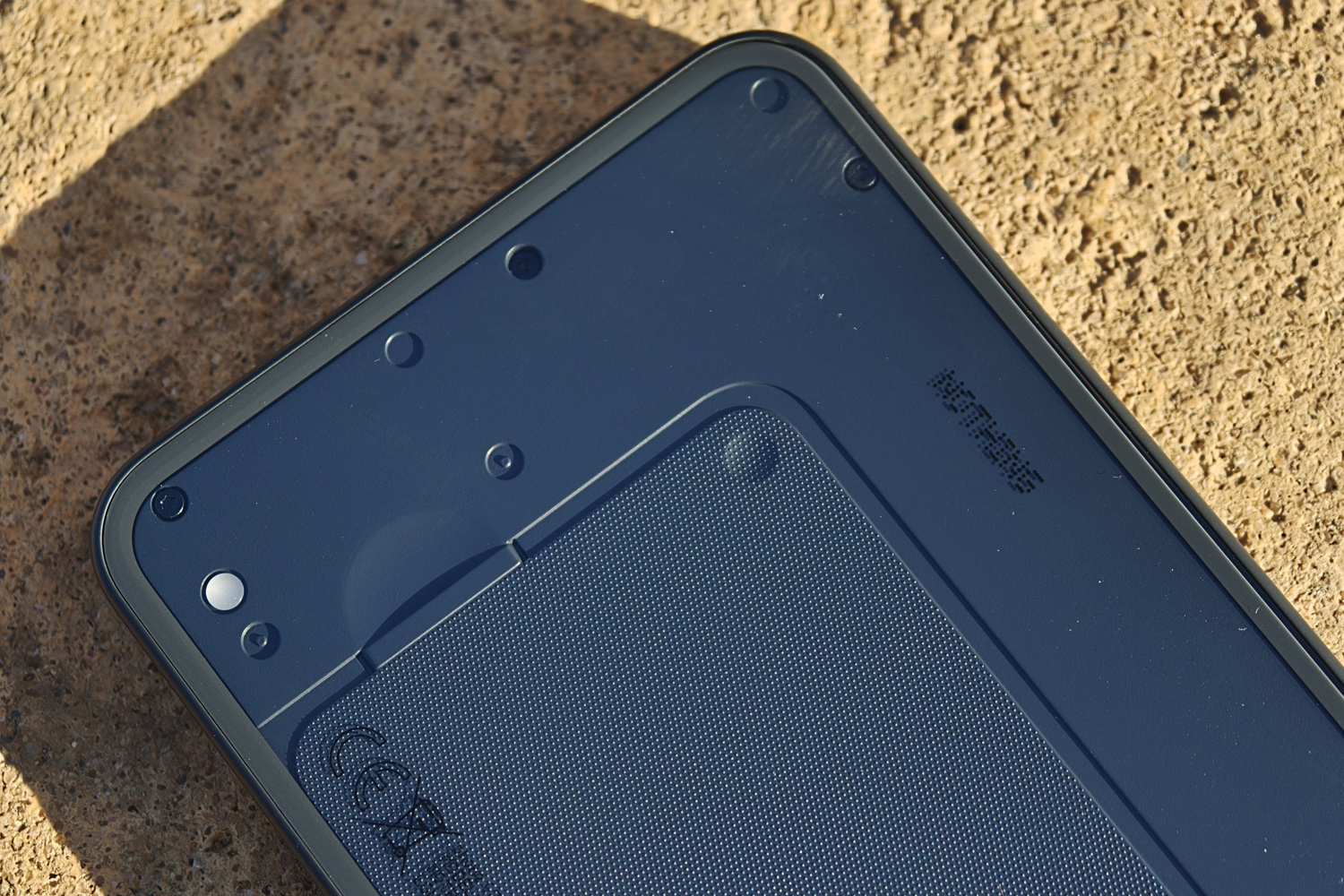
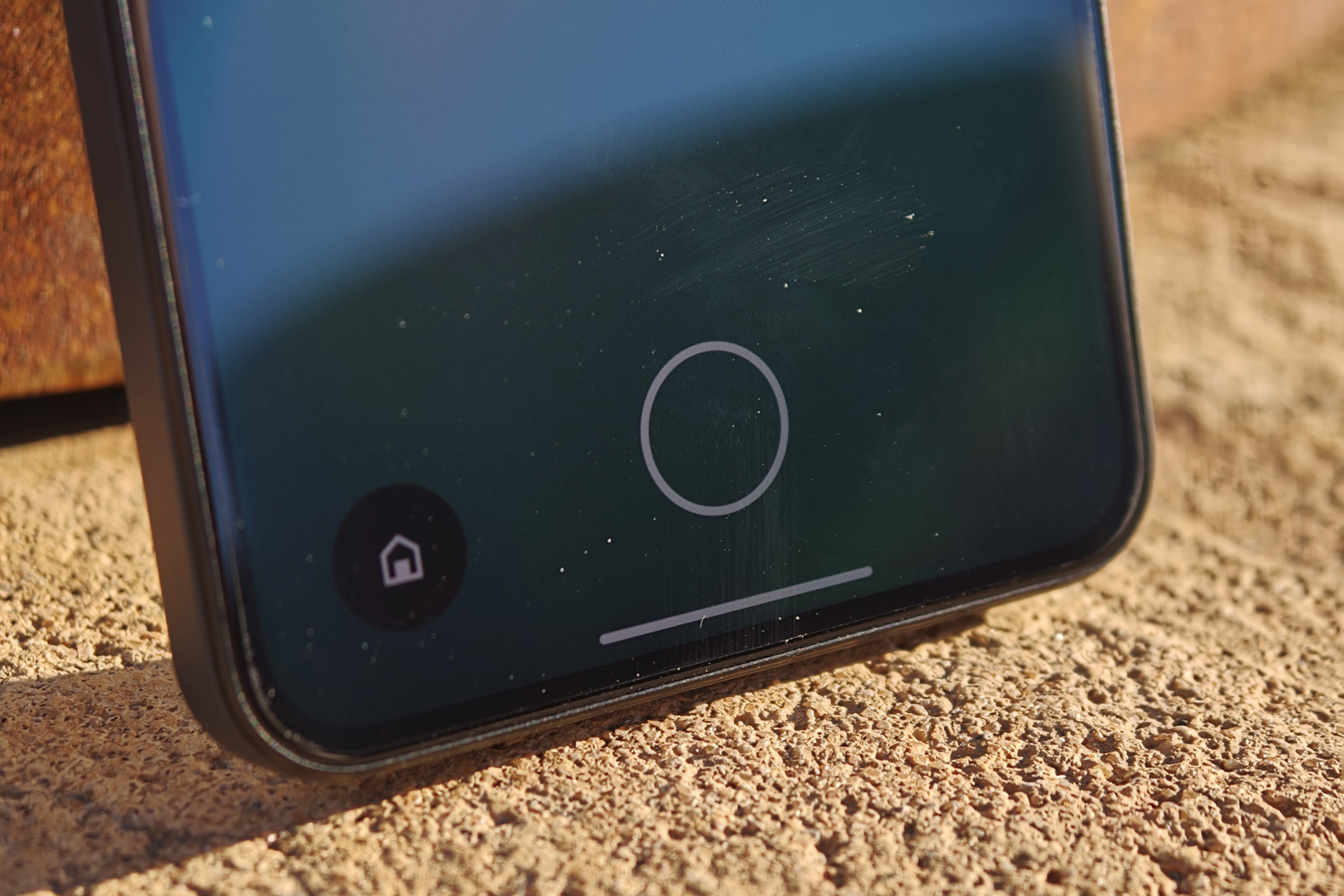
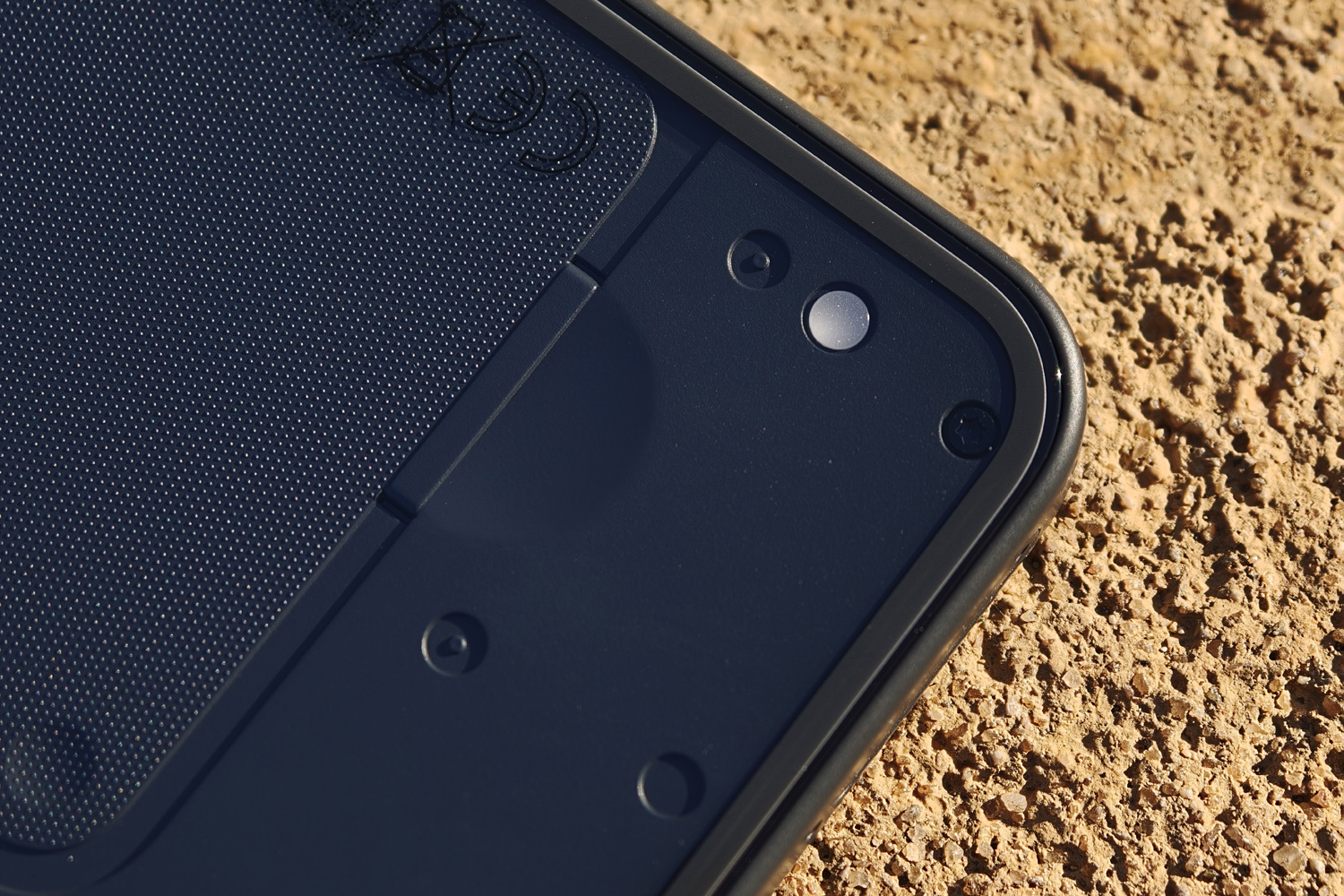
The Phone 3a Lite is the familiar Nothing formula distilled to its base elements. The transparent rear panel might not have as many greeblies as the regular Phone 3a, but the lines, textures and visible Torx screws do enough that even a part-time phone fan will instantly know who made this handset.
While the high-end Nothing Phone 3 might’ve given up on Glyph Lighting, it’s still a thing for the firm’s more affordable fare – only here it has been stripped back to a single LED. We’ve come full circle, people: the notification light, once an Android staple, is back. This one only glows white, and doesn’t flash or illuminate to show the phone is charging, but you get familiar features like Flip to Glyph for silent, light-only notifications, a camera countdown, and custom flashes for calls and messages from your contacts. I’m glad to see it stick around in any form, though there’s no denying the multi-LED version on Phone 3a is more distinctive.
The Essential Key is the other standout, being a near-carbon copy from the Nothing Phone 3a and Phone 3a Pro. That includes the raised, pill-like shape, which still isn’t raised or pill-like enough for me to tell it apart from the flatter power button right above it.
Nothing has used aluminium for the phone’s mid-frame to give it some welcome extra heft, but the bits you can actually touch are covered in plastic, so there’s no question this is an entry-grade device. That said, there’s proper glass on the front and rear, rather than polycarbonate, which is nice to see for this kind of cash. The back panel did accrue fingerprint muck in record time on my black review unit, though; perhaps the white model fares better.
Nothing hasn’t cut many corners in order to keep costs down. You get NFC for contactless payments, an under-display fingerprint sensor that’s as quick and accurate as phones costing twice the price, and even a microSD card slot for adding extra storage. IP54 water resistance is a little basic, admittedly; the Poco X7 Pro manages IP68, so can take a proper dunking and be no worse for wear.
Screen & sound: spot the difference
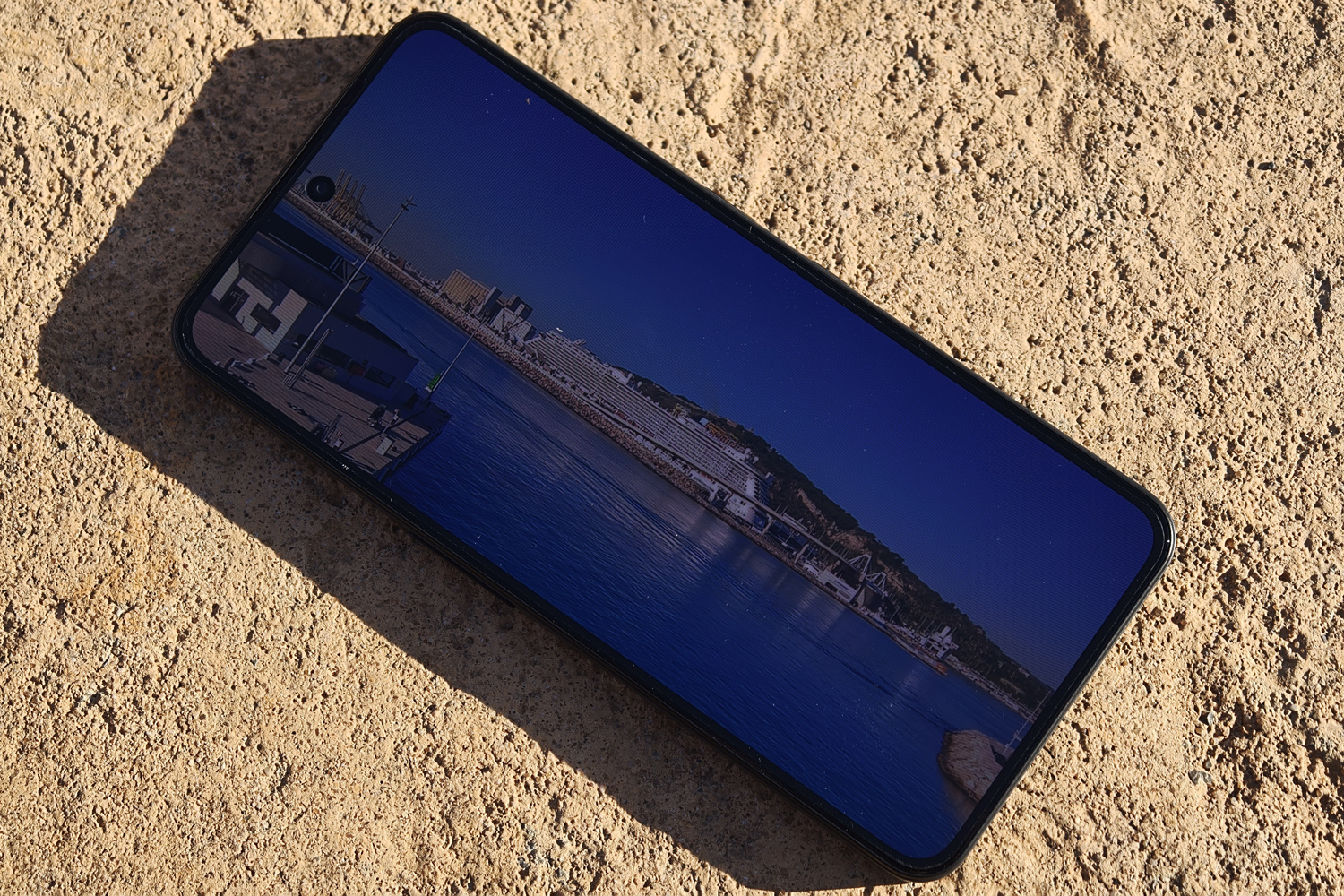
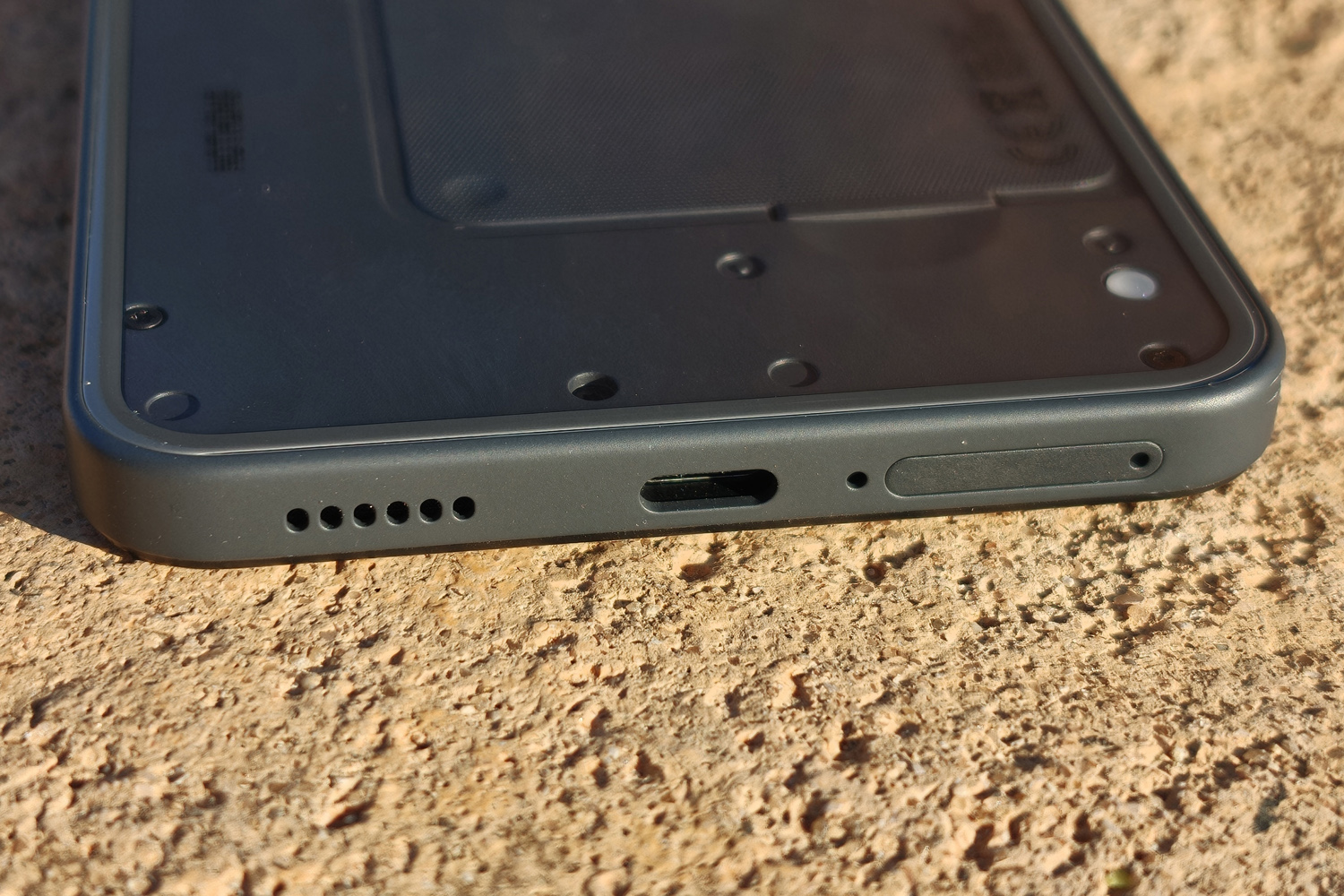
With identical specs, Nothing has almost certainly reused the CMF Phone 2 Pro’s display panel for Phone 3a Lite – but given how easy on the eyes I found the 6.77in AMOLED before, that really isn’t a bad thing.
The 2392×1080 resolution looks sharp enough at a typical viewing distance, the 60-120Hz refresh rate gives smooth enough motion when it’s required, and contrast is ample. Black levels are up to the usual OLED standard, and colours have plenty of punch. The bezels are suitably skinny on all four sides, too. Viewing angles are spot on, and touch responsiveness is as good as a phone costing twice the price.
The only area you could feel at all short-changed is brightness, and only if coming from a more expensive handset; the 1300 nits outdoor average is a bit behind the 1600-1800 range I find readable in bright sunlight. The high-contrast NothingOS interface does help here, but there were still times I needed to create some shade to clearly read the screen.
I wish Nothing had let the earpiece tweeter double up as a speaker, because the single down-firing mono driver is very easy to block when holding the phone. It gets reasonably loud and does the job for podcasts or YouTube videos, though.
Cameras: two to tango
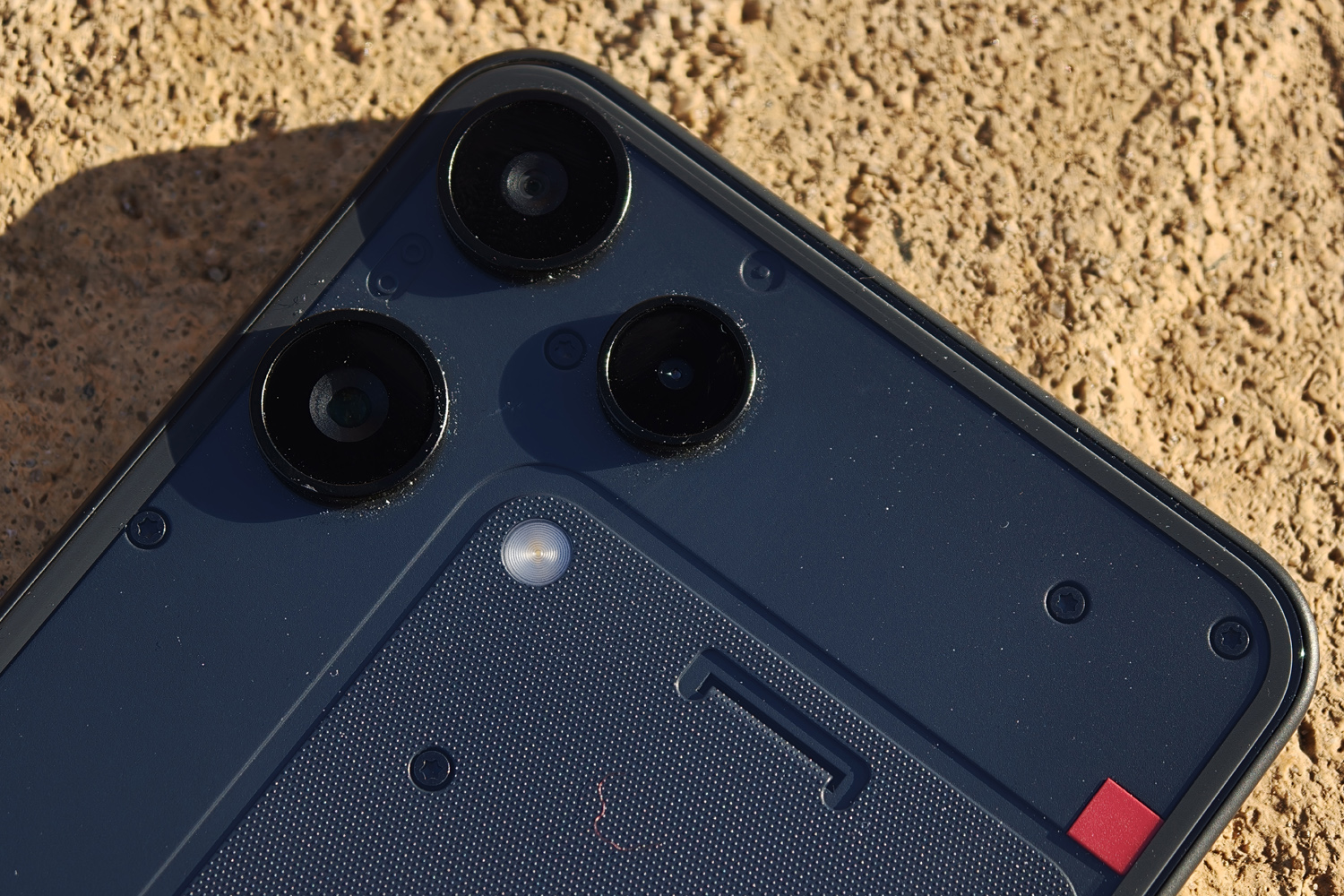
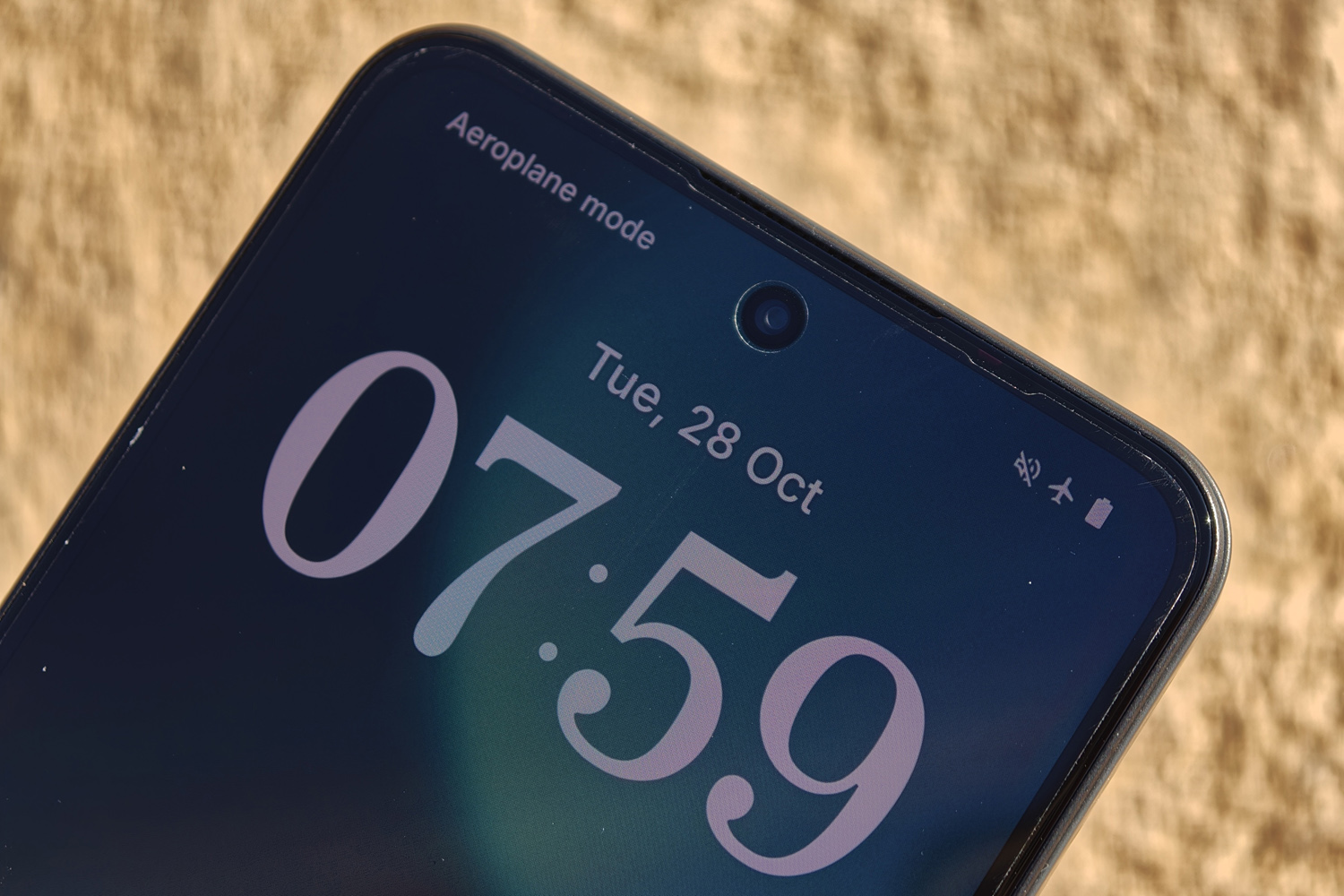
Flip the Phone 3a Lite over and what looks like three separate camera lenses stare back at you. Given how much else this handset shares with the CMF Phone 2 Pro – which had a trio of rear snappers – I can understand why you’d think all three have functional sensors behind ’em here. But they don’t.
Instead you get a 50MP lead shooter and an 8MP ultrawide, with the third ‘lens’ either being some sort of depth sensor or purely cosmetic – Nothing’s press pack doesn’t say either way. So while the camera app offers up a 2x zoom toggle, it’s done purely with sensor cropping and digital trickery. The selfie cam up front tops out at 16MP.
My testing was a real mixed bag, with a tendency to over-expose shots in order to preserve shadow detail and not the greatest colour consistency between the main and ultrawide. HDR processing helps a bit, but I think some nuance has been lost from the Phone 3a, despite the sensors being seemingly unchanged.
Nothing’s image processing tends to favour vivid colours and ramps up the contrast in a way that’ll keep social sharers largely happy, and there’s a decent amount of detail on show from the lead lens, without a lot of the over-sharpening some rivals use.
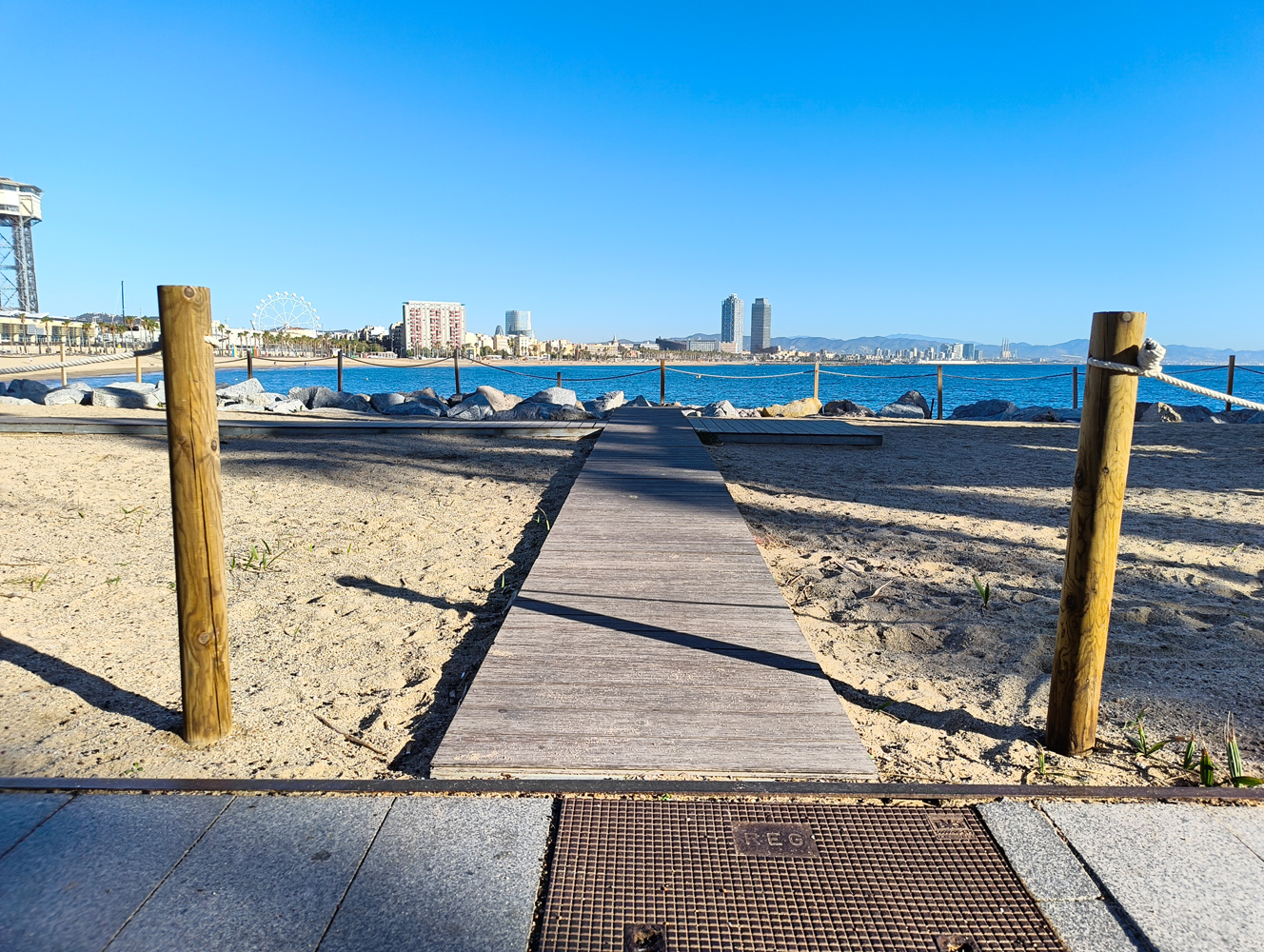
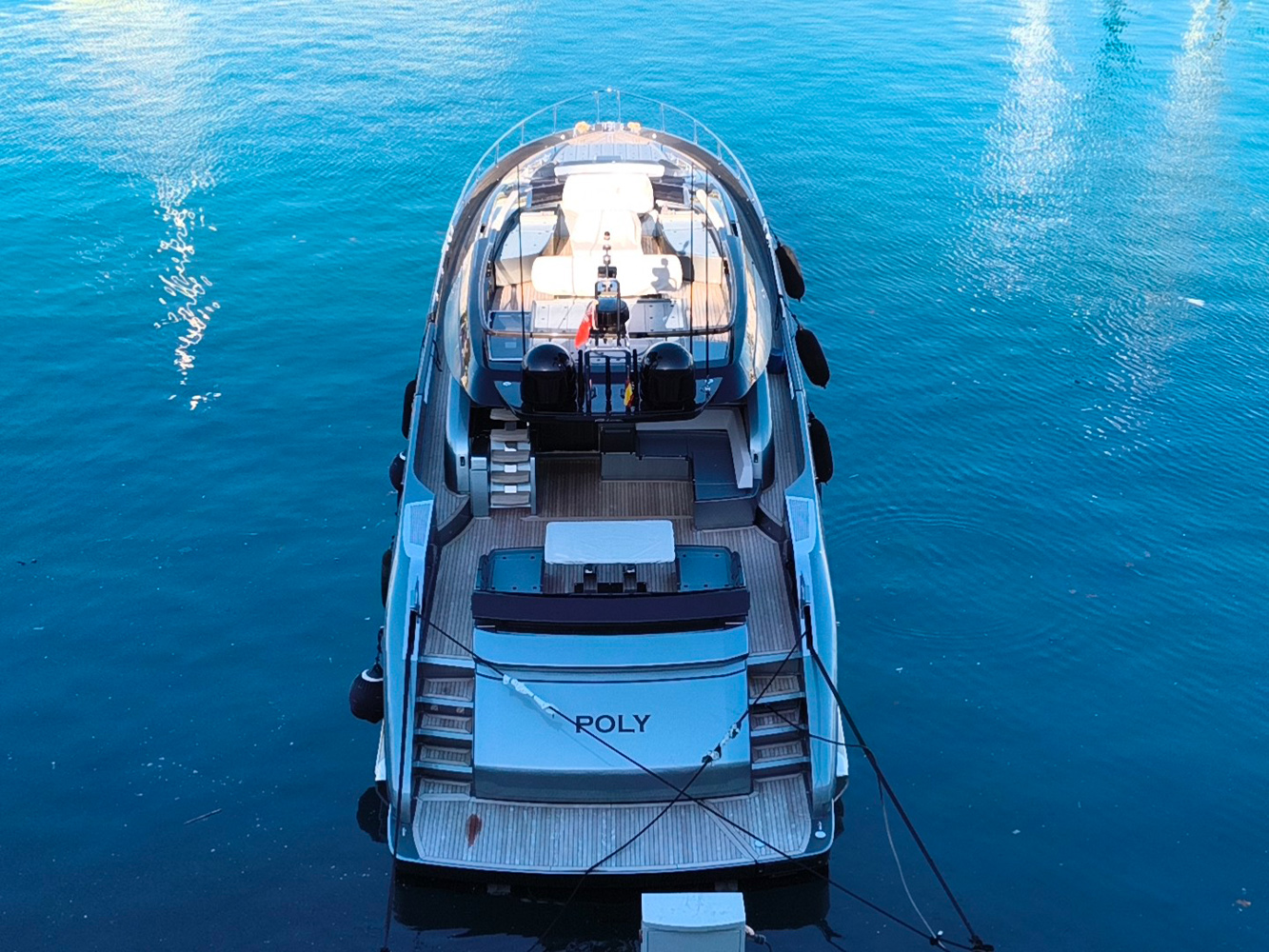
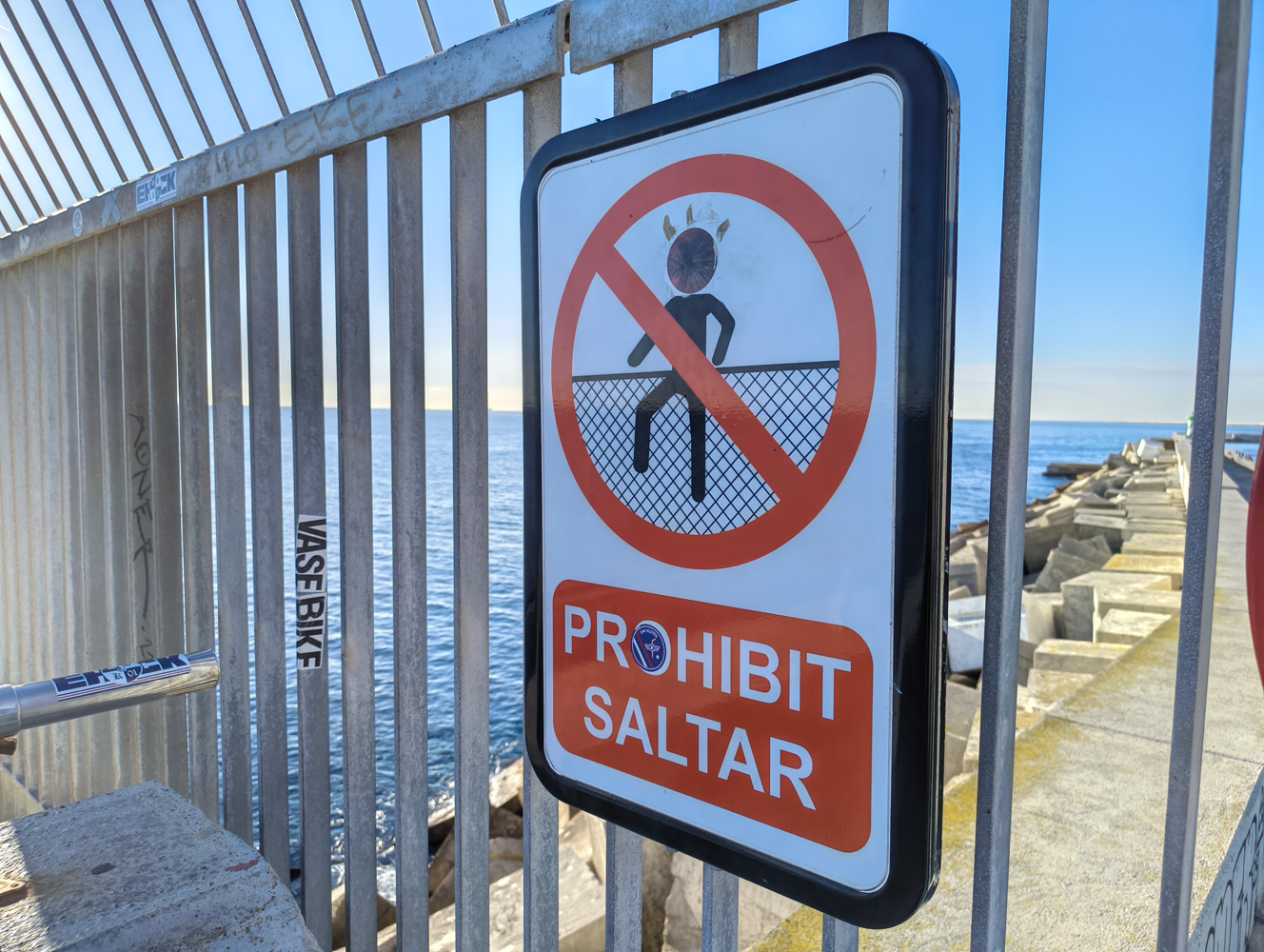
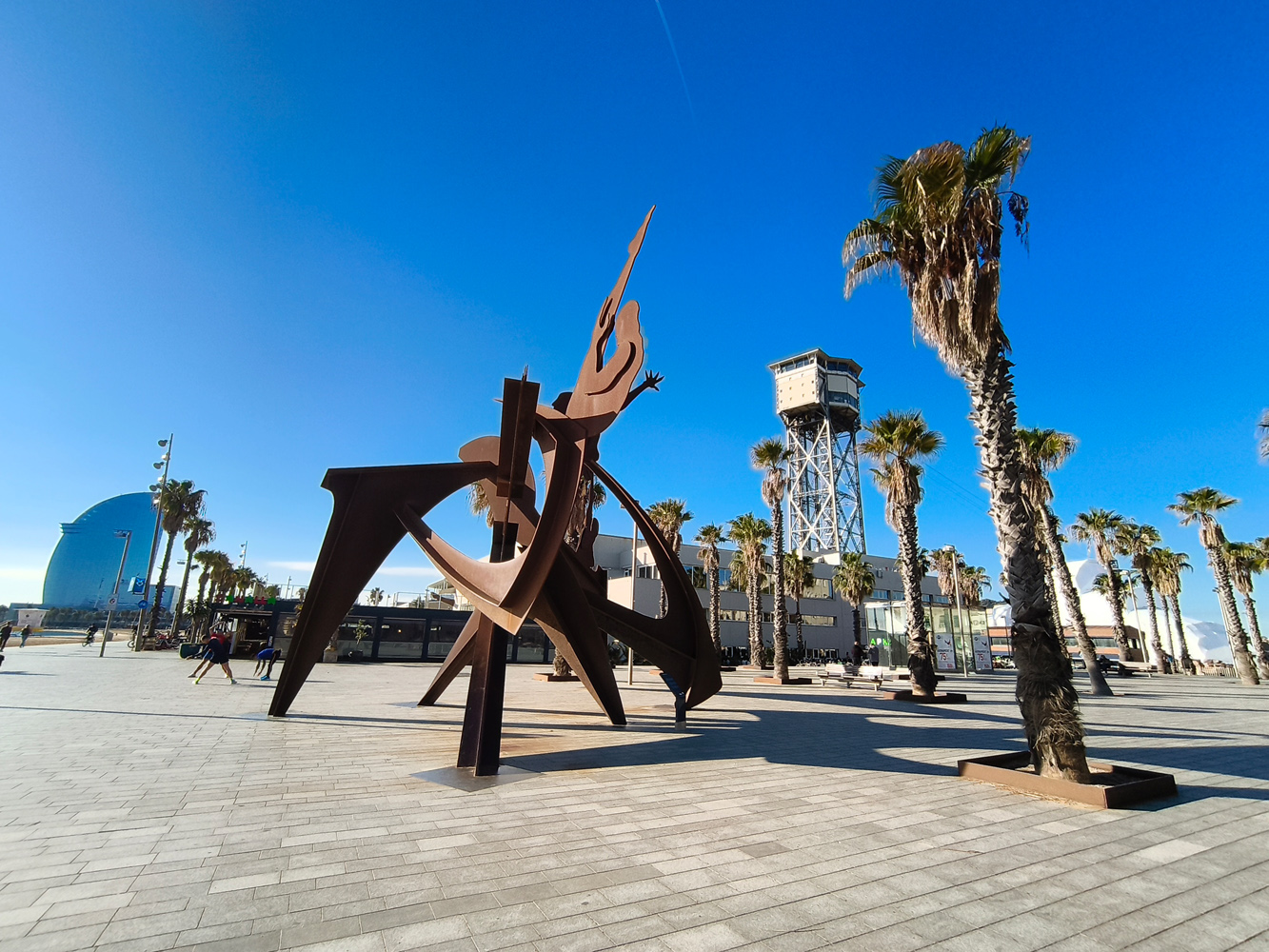
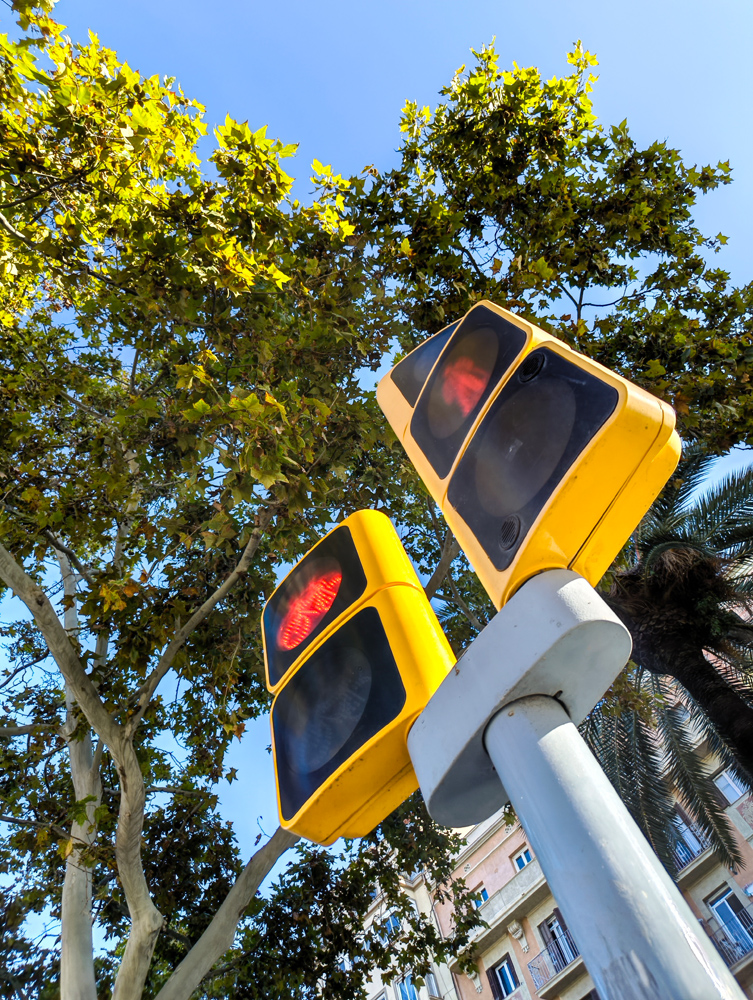
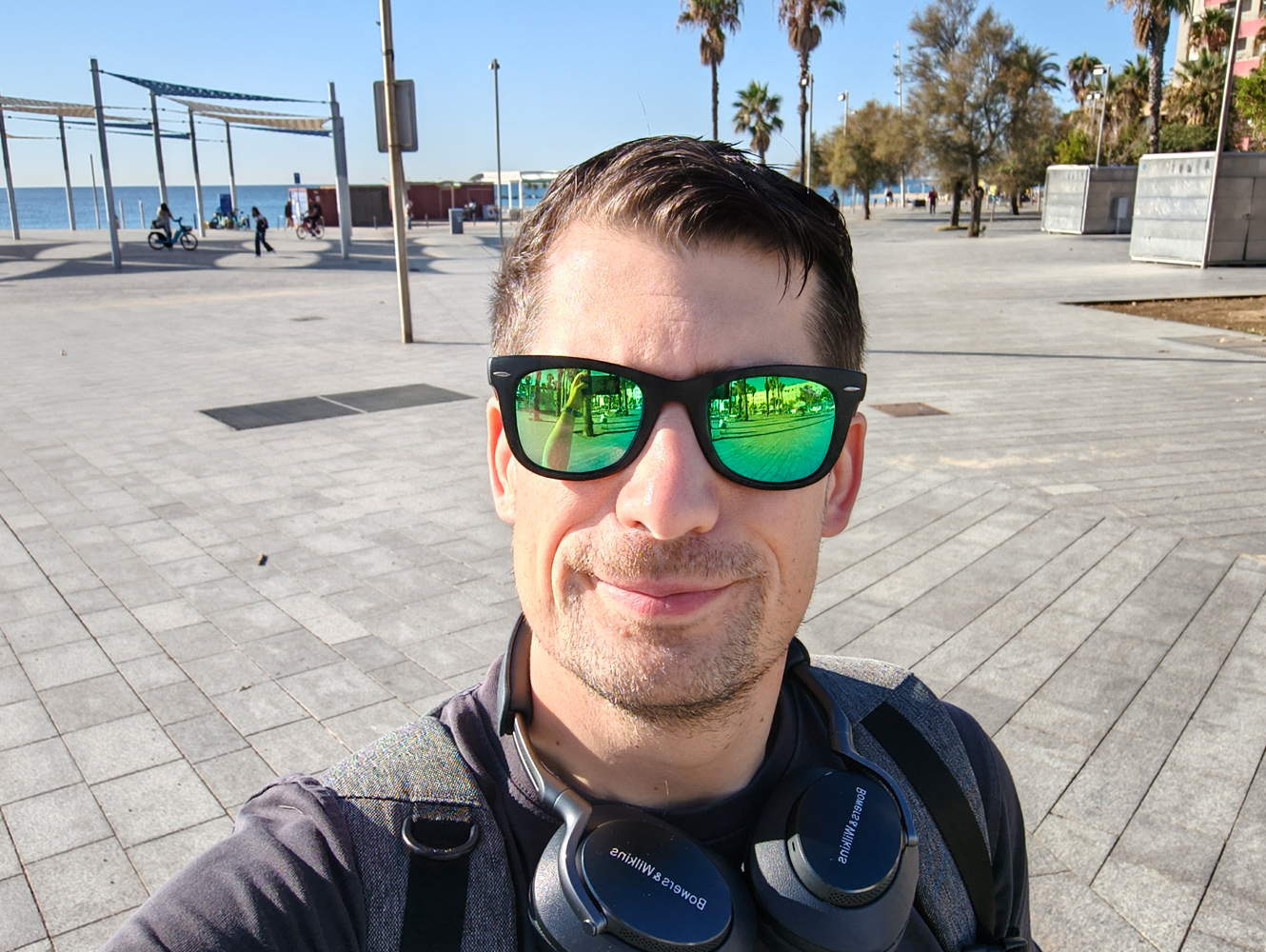
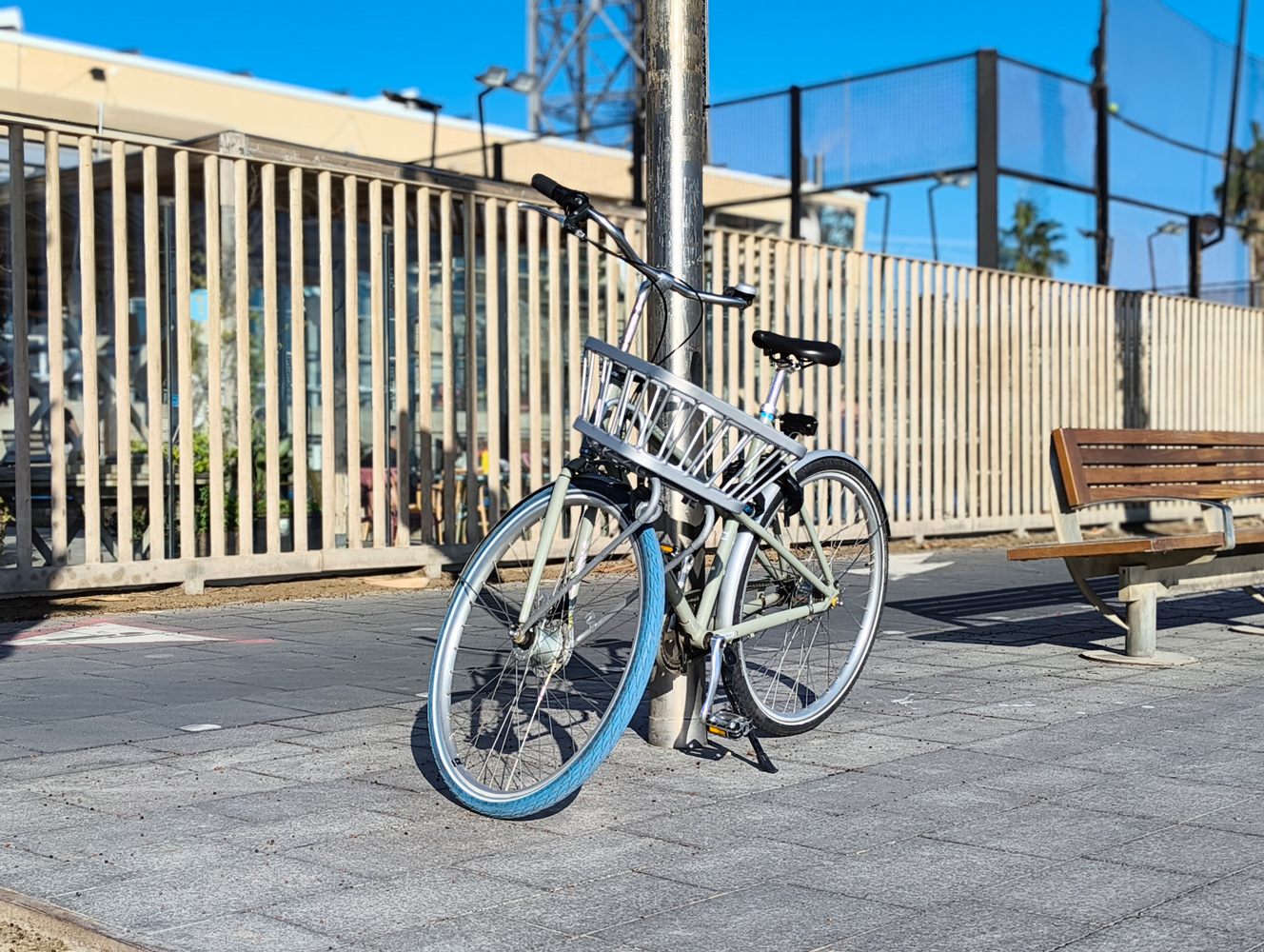
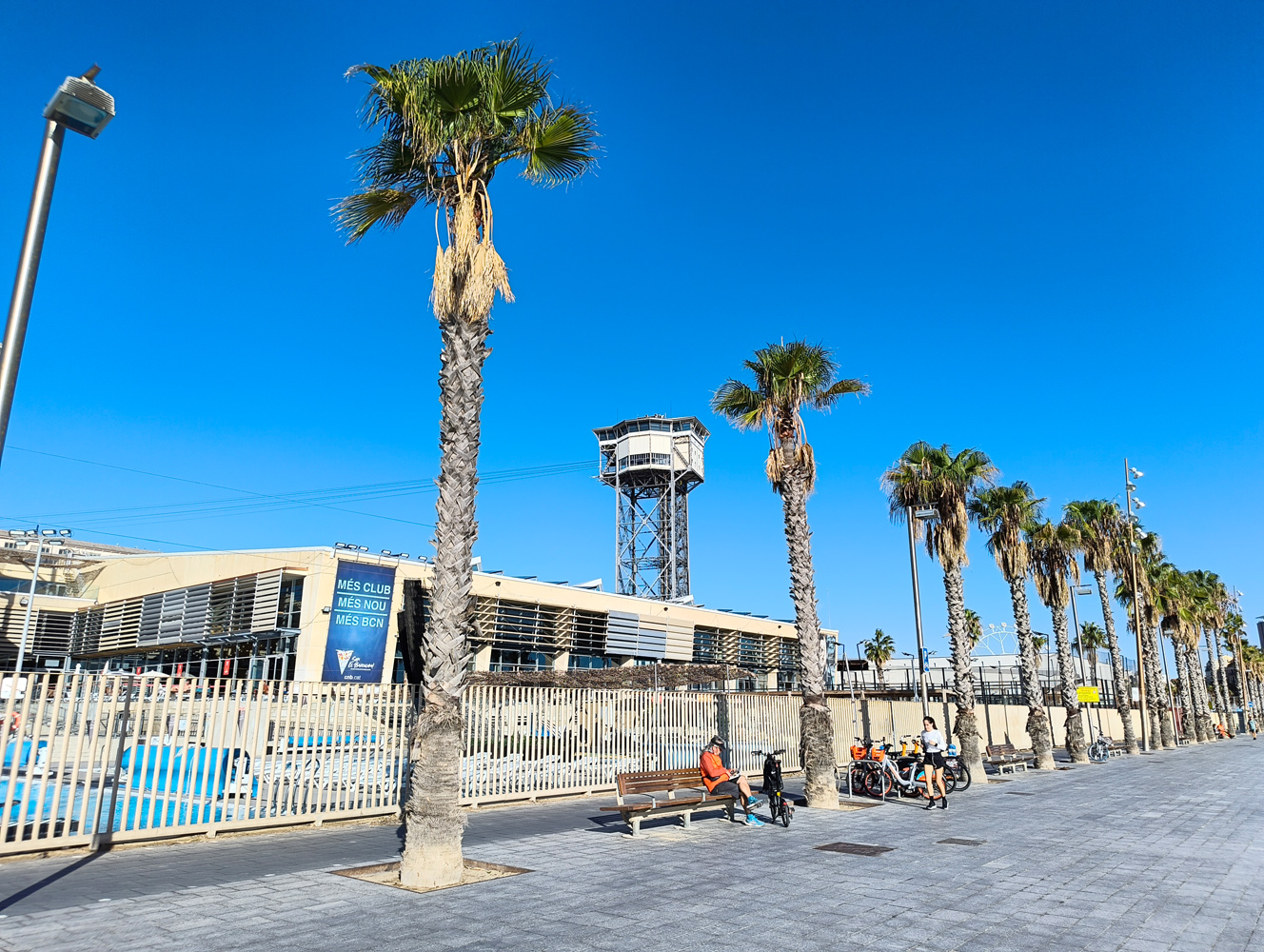

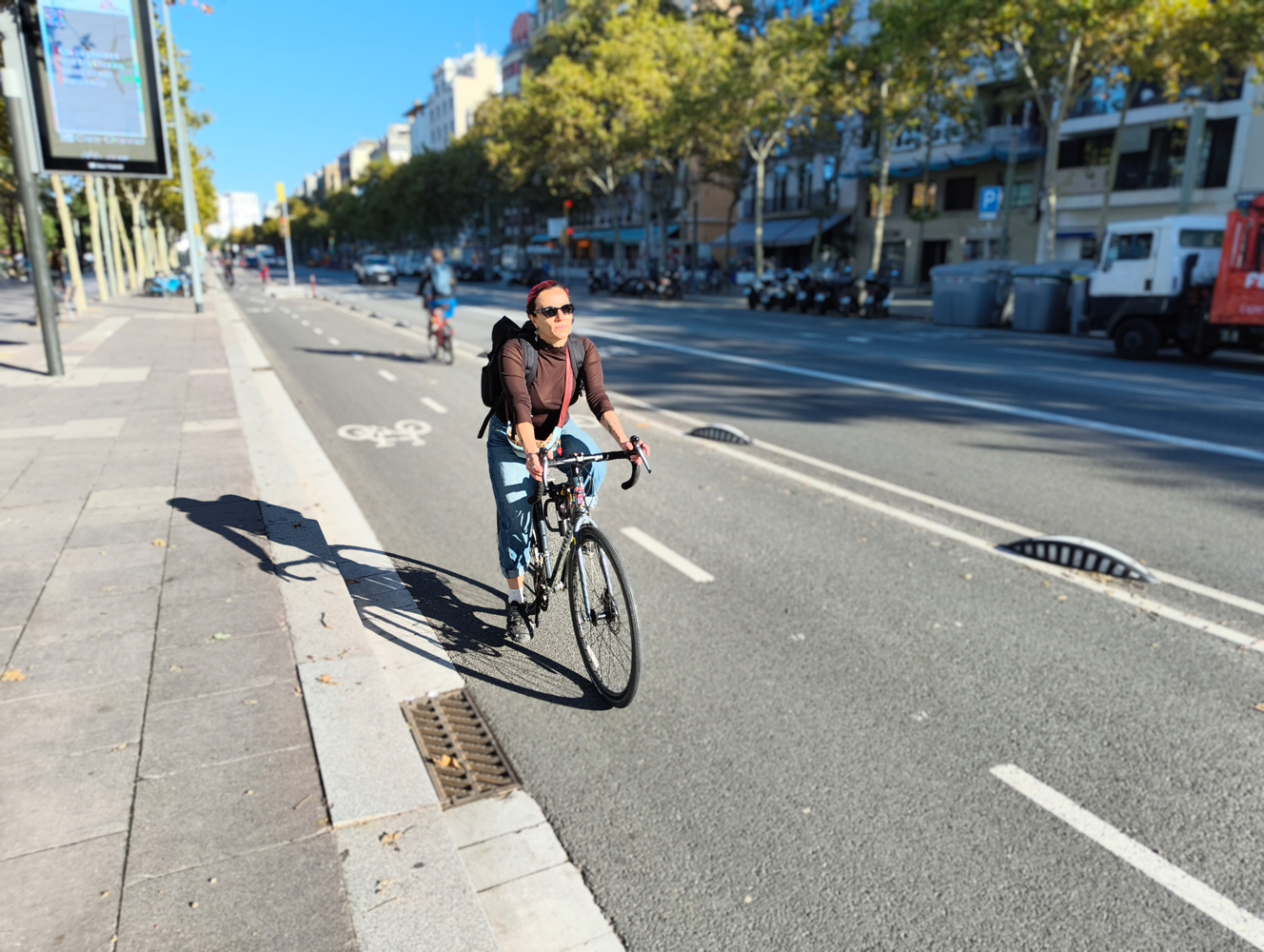
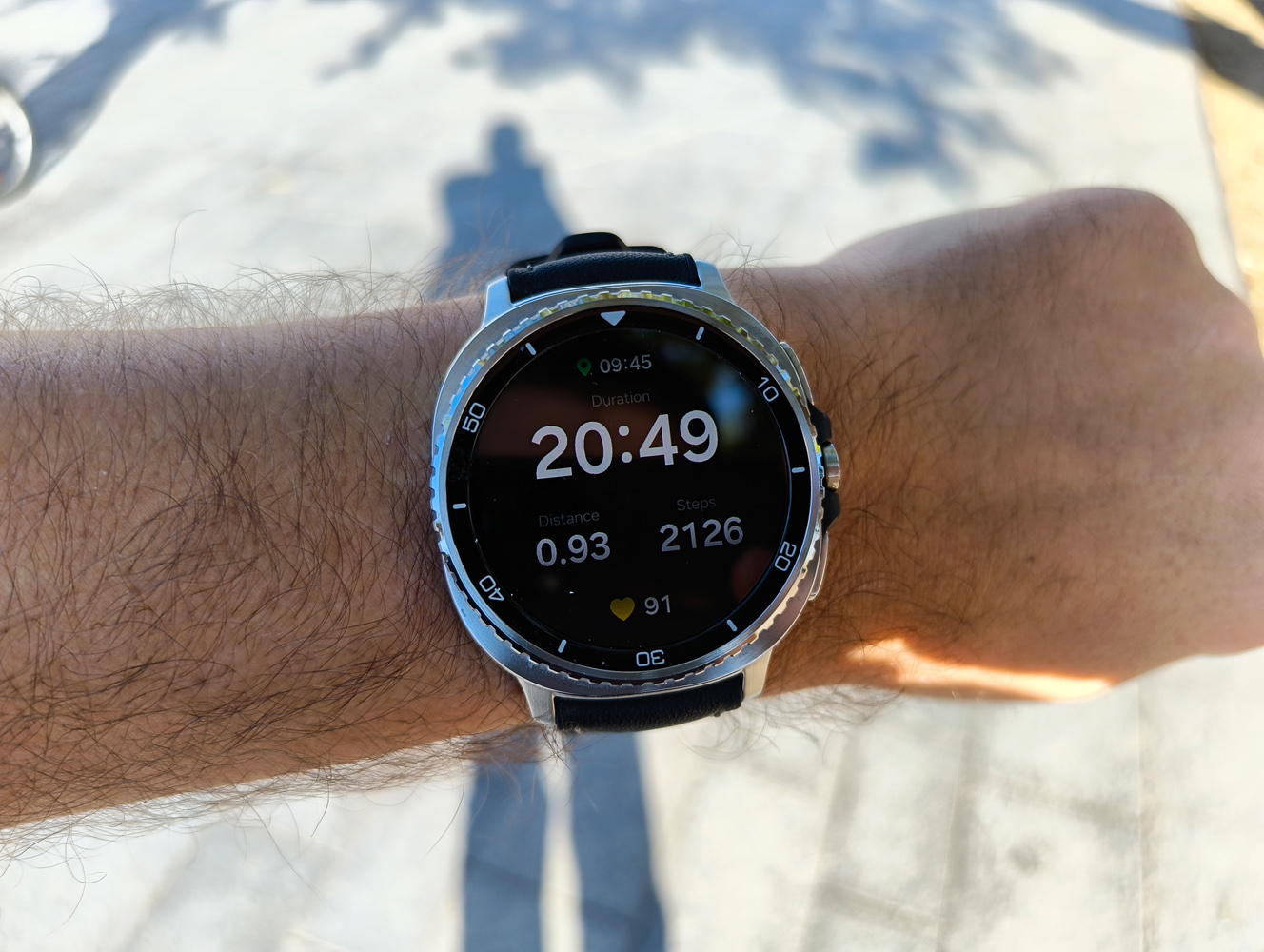
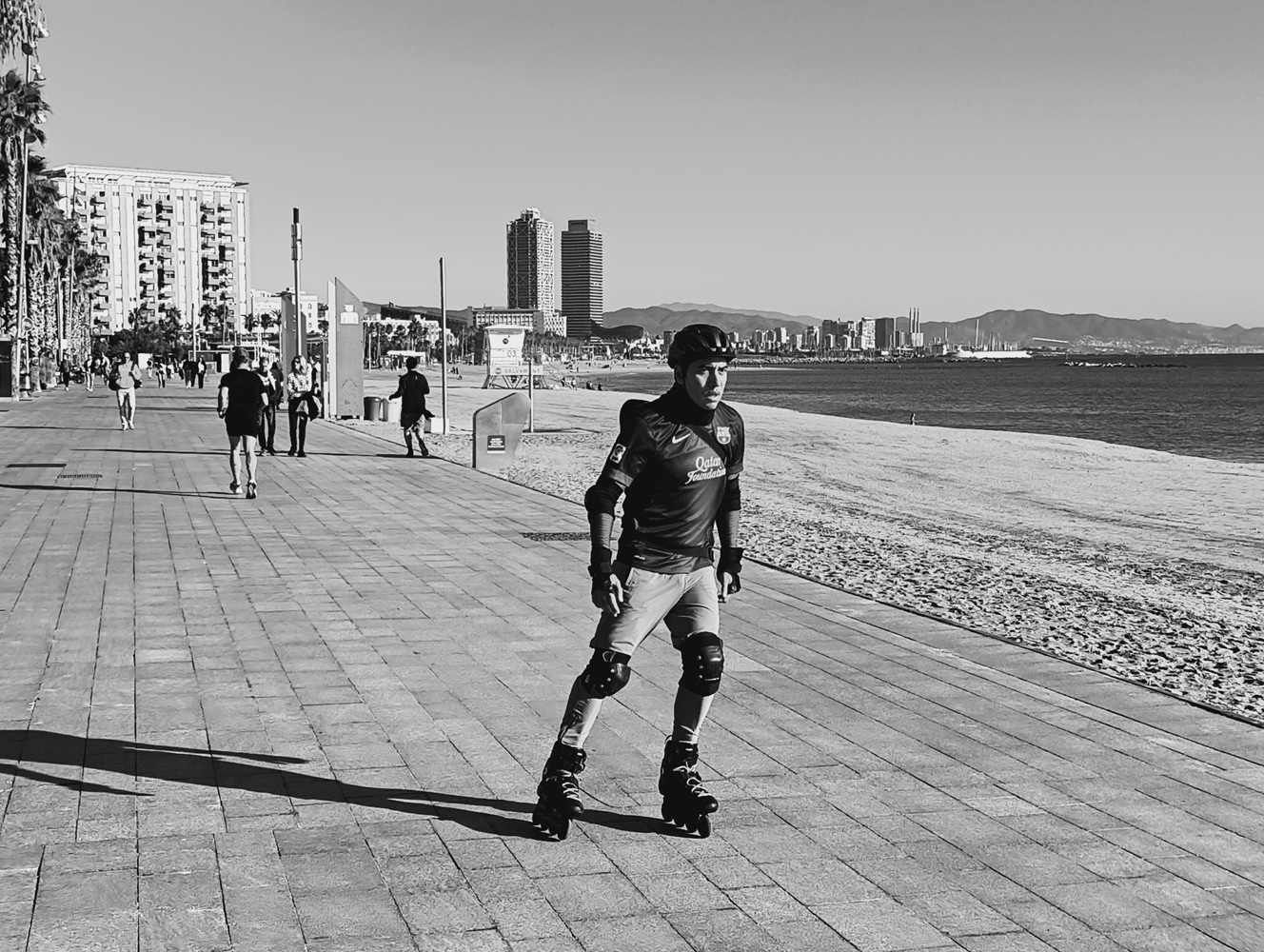
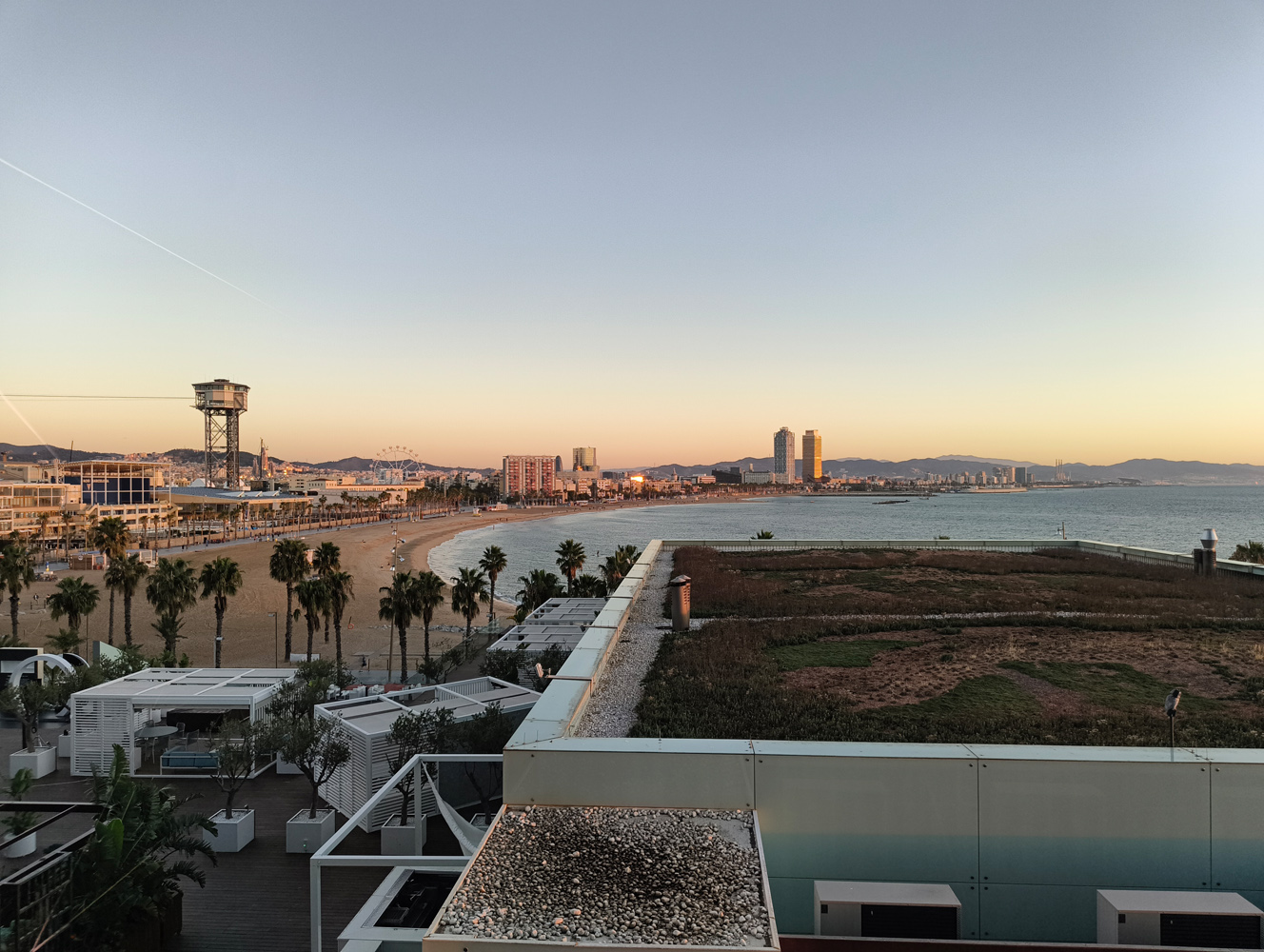
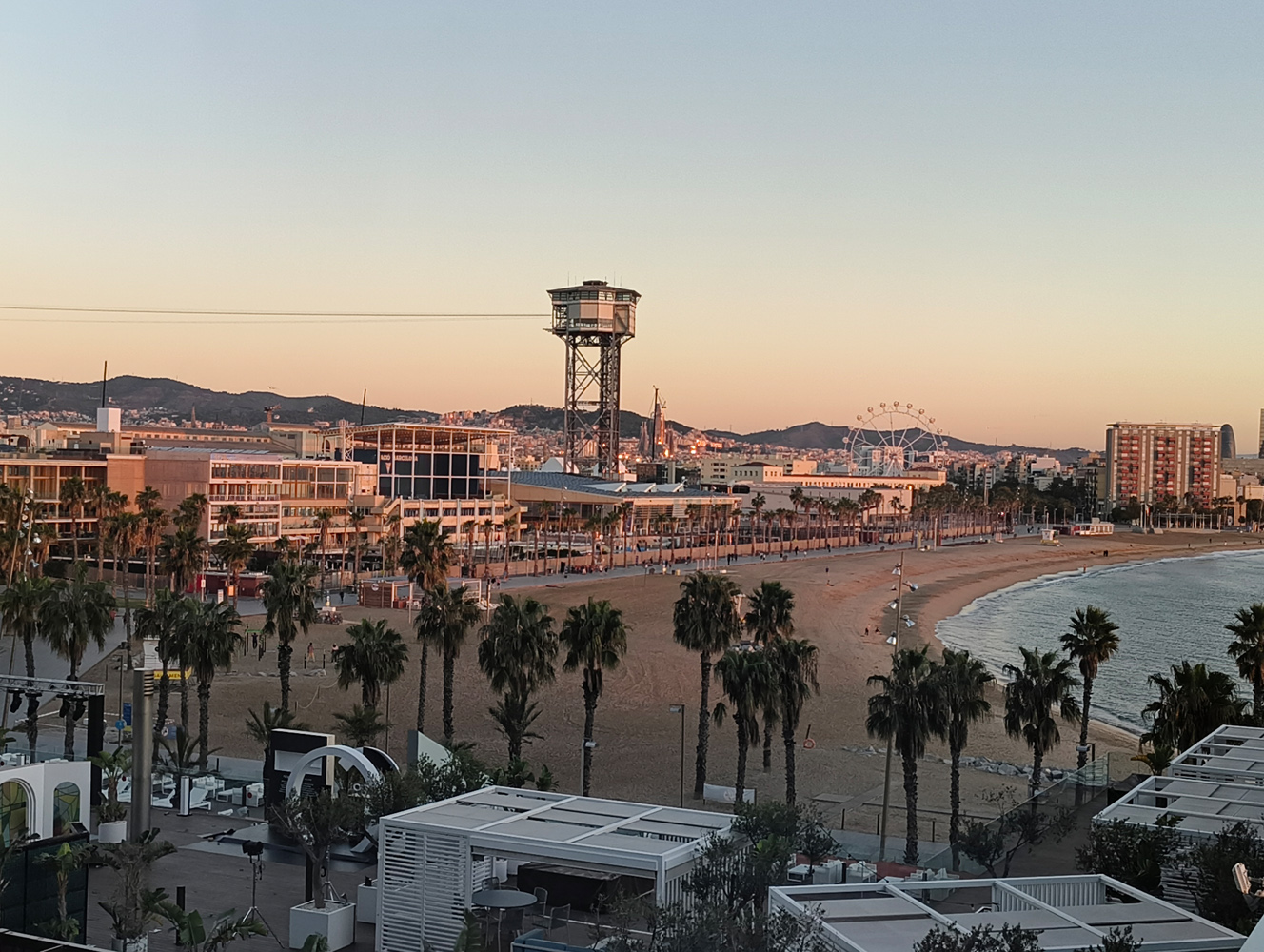
That unfortunately doesn’t continue when you use the 2x zoom, with my shots taking on a much more processed look. Details, colour and contrast are preserved, but noise levels climb up quickly. I get why the camera app taps out at 10x digital zoom, as shots quickly look grainy and artificial the further beyond 2x you go.
The more expensive Phone 3a is able to use its separate 2x lens to much greater effect, giving you usable 4x magnification. It’s a much more versatile cameraphone as a result.
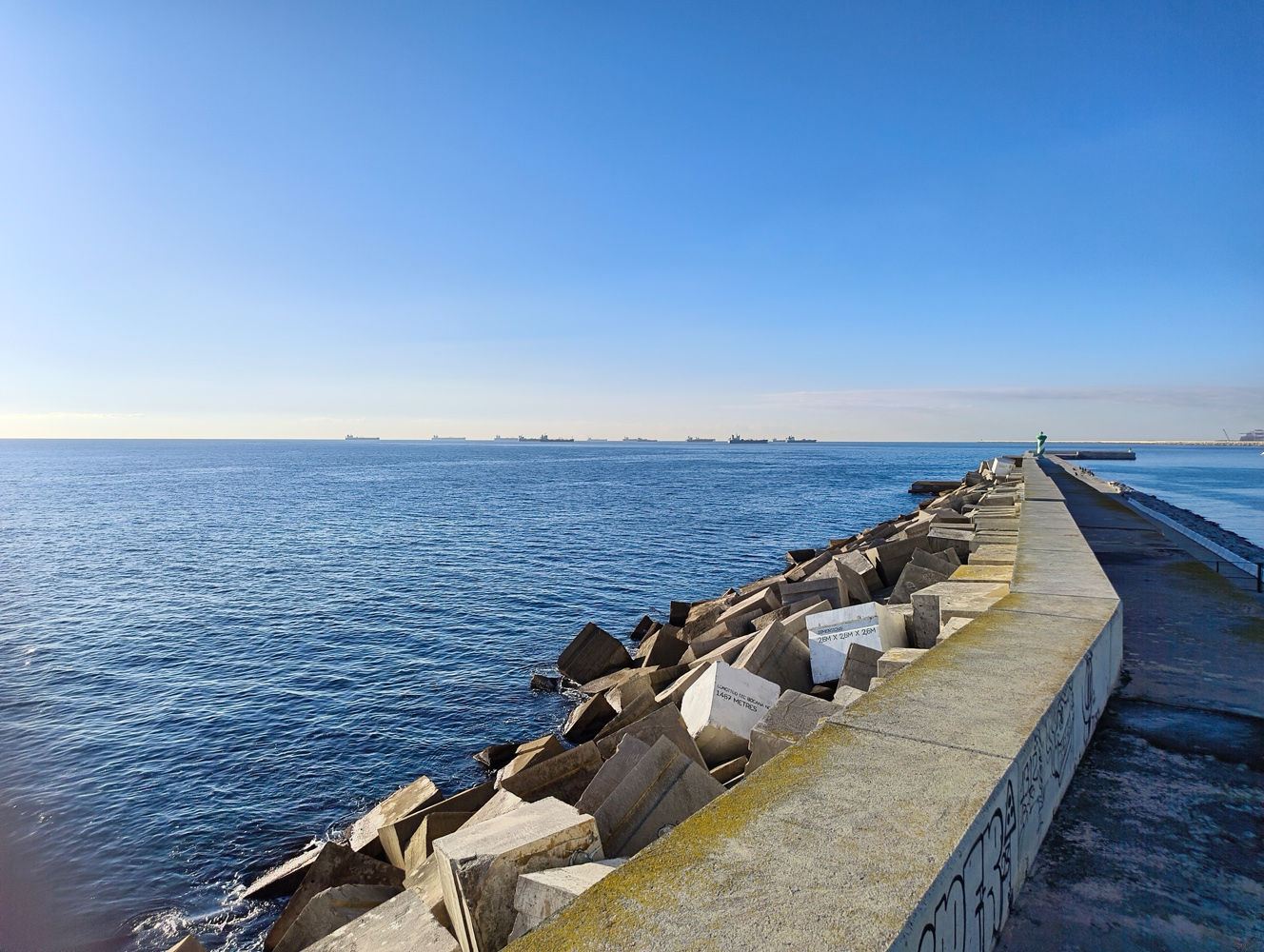
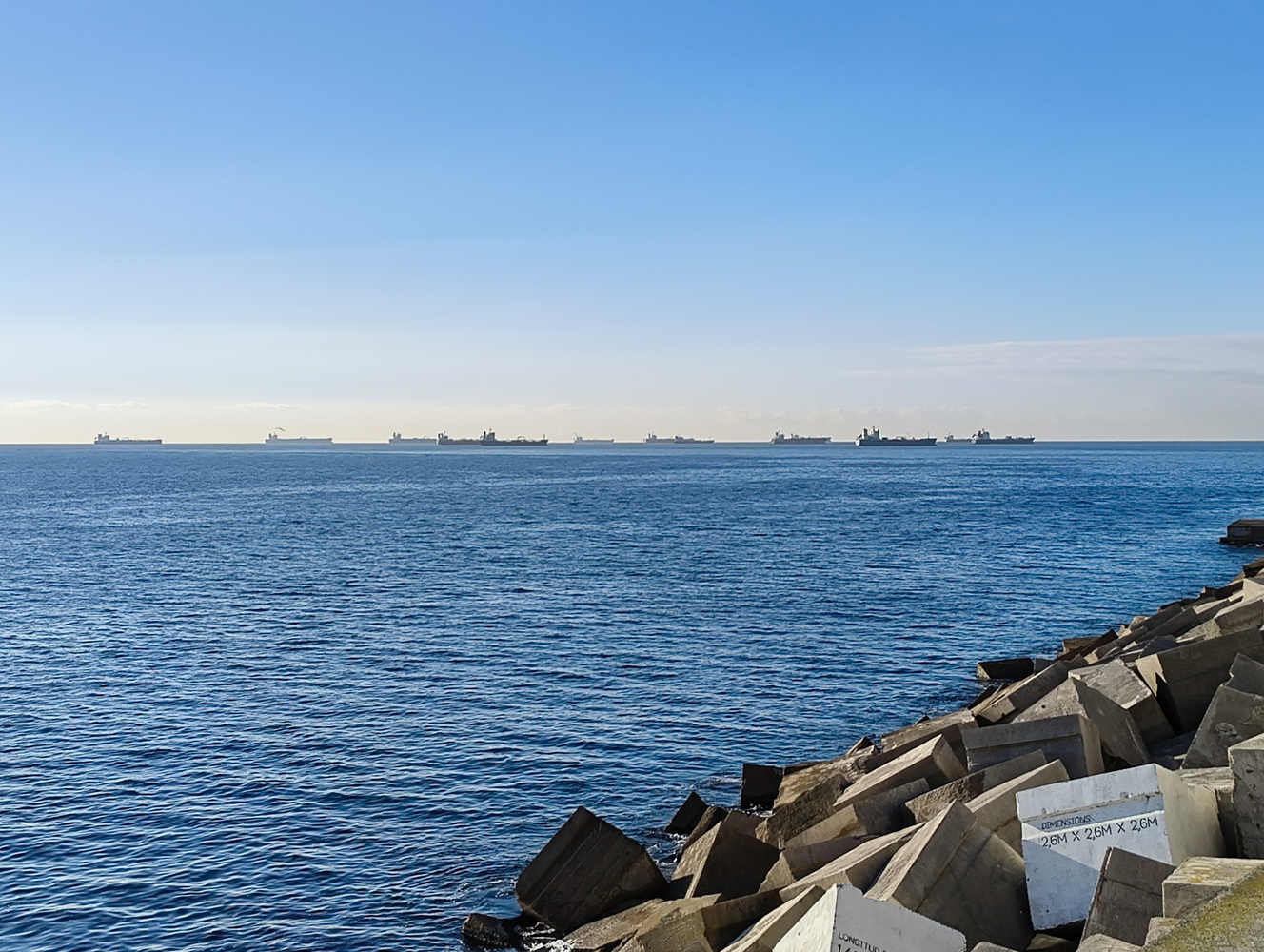
At least you get optical image stabilisation on the lead lens – something that was missing on the CMF Phone 2 Pro. That helps out a lot in low light, letting the automatic night mode do its thing and produce respectably sharp shots. Colours stay mostly true to life, too.
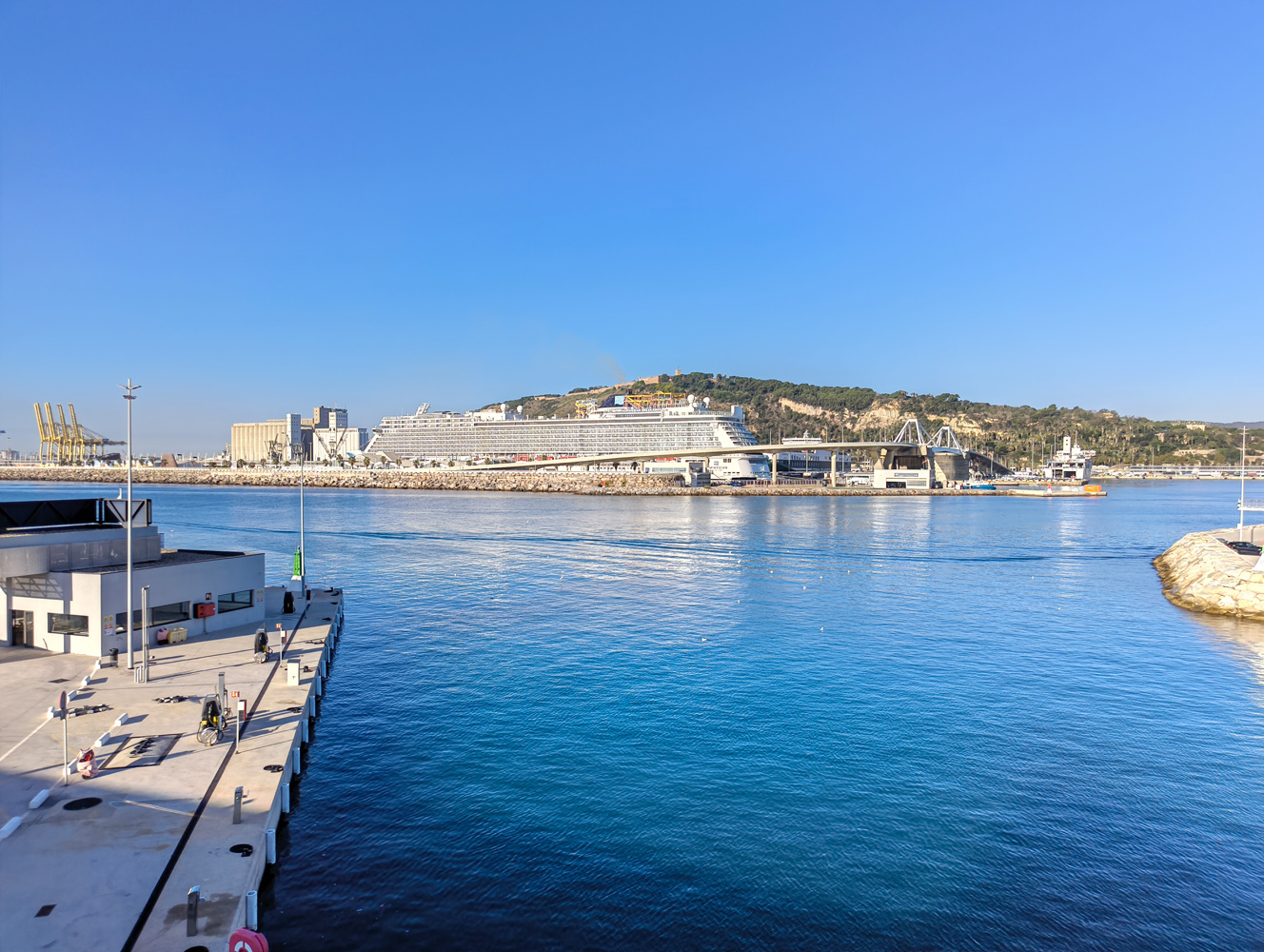

8MP isn’t a lot for the ultrawide sensor to work with, and it shows in scenes with distant buildings. Details take a step back from the main lens, and dynamic range isn’t as wide either. It varied from shot to shot, but I felt colour saturation was more intense here, and not always for the better. Still, the 15mm equivalent focal length lets you squeeze a useful amount more of a scene into each shot.
Software experience: more than the Essentials
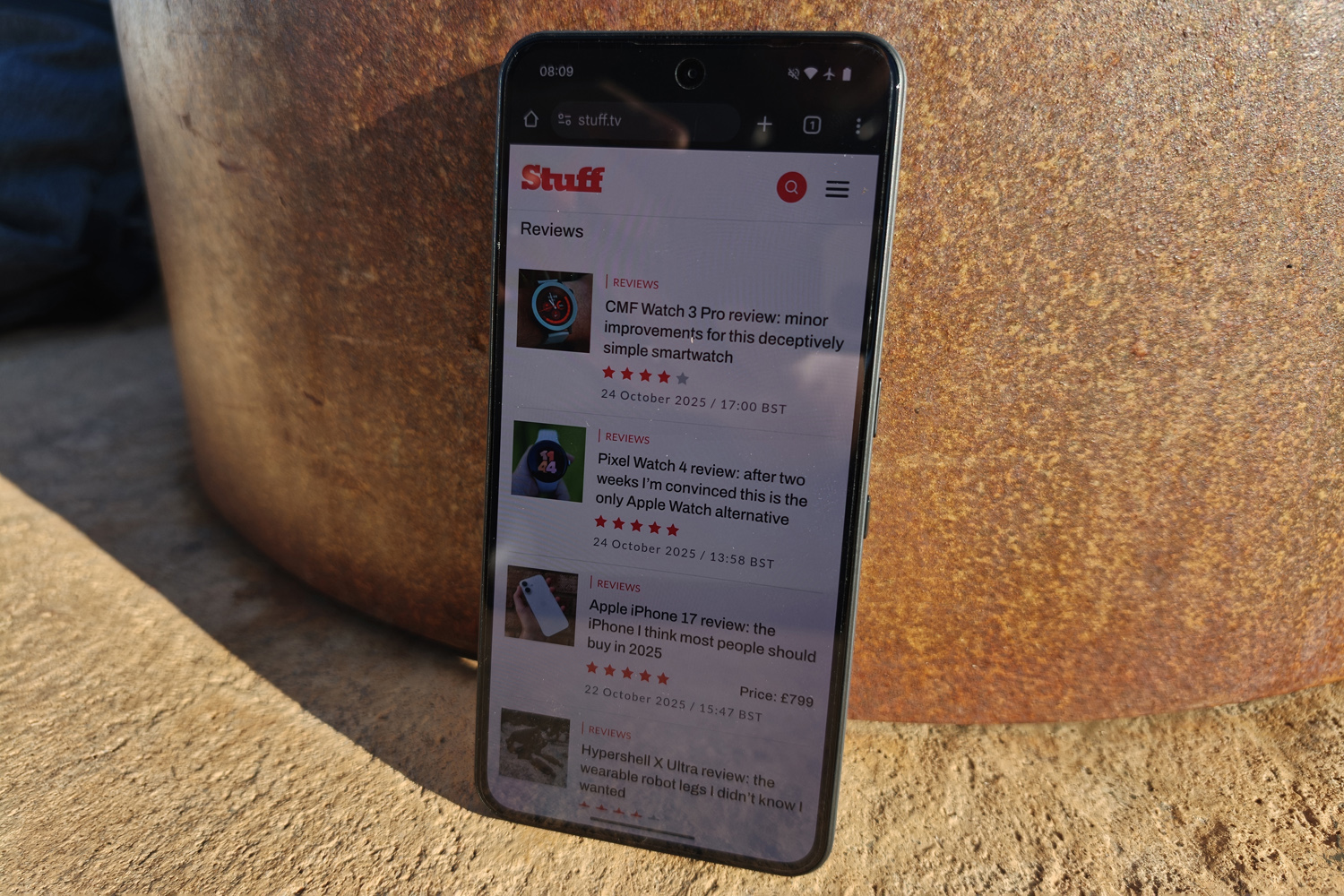
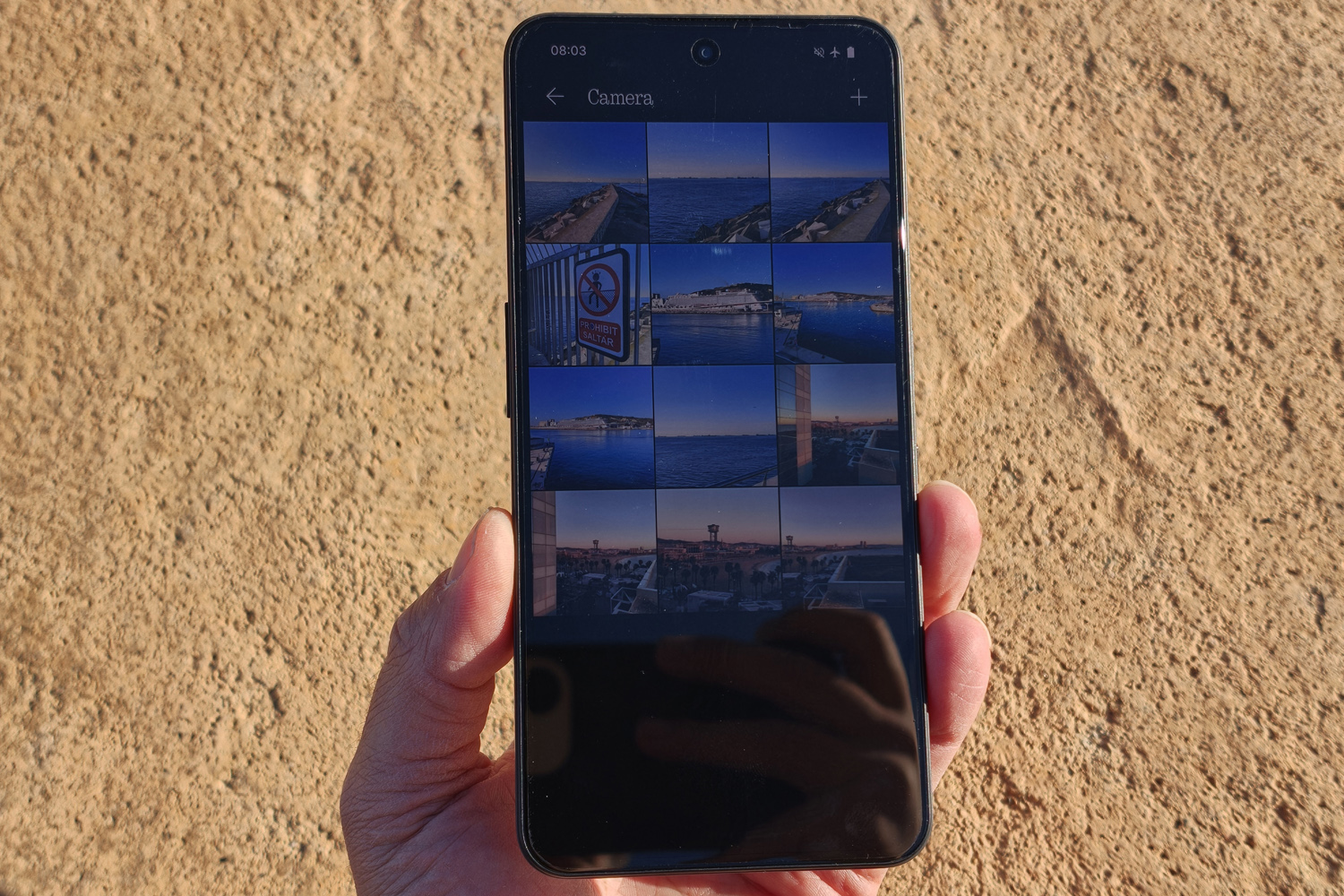
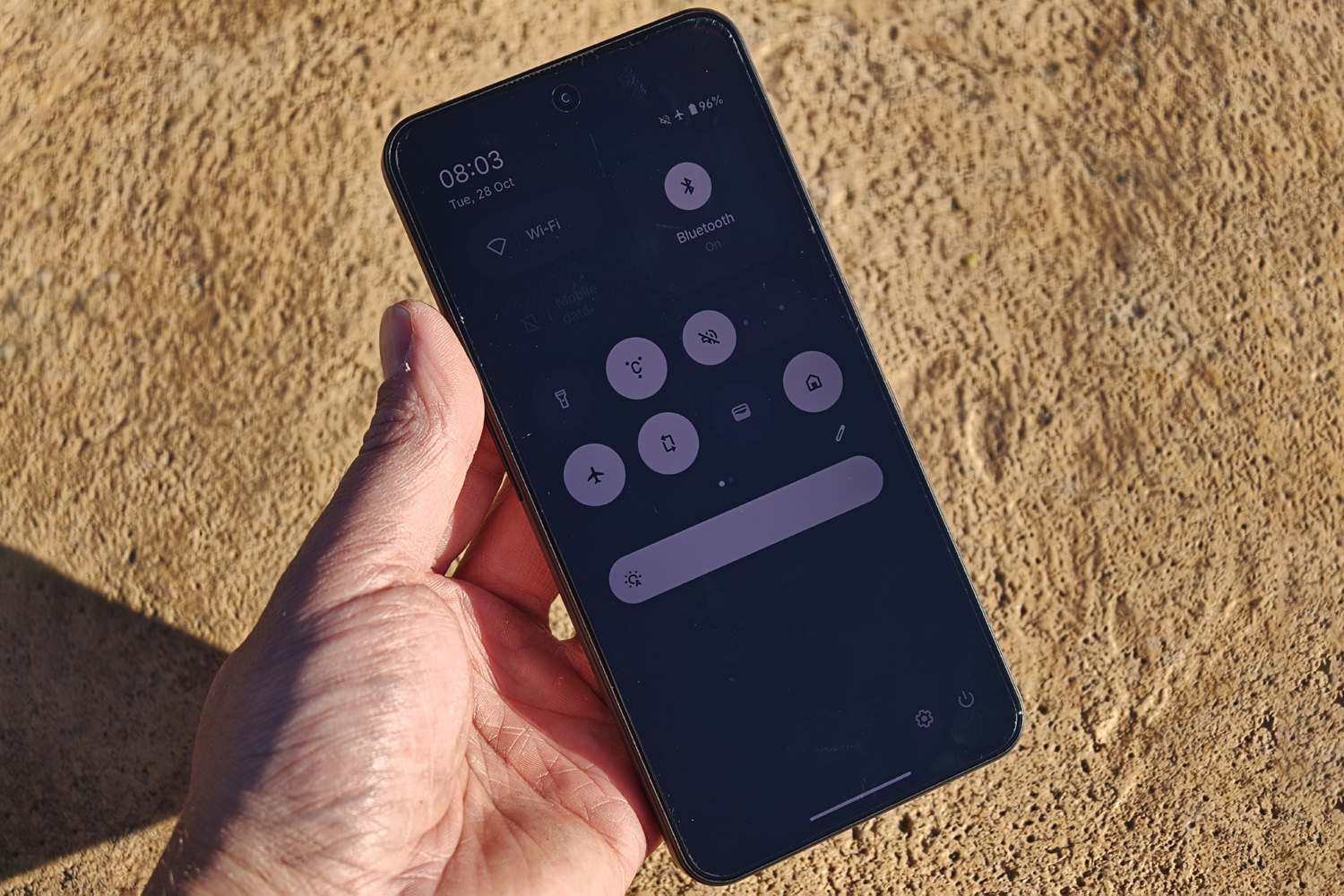
Nothing might be prepping a bold new take on its user interface for the first half of 2026, but the Phone 3a Lite is launching with the same NothingOS 3.5 as its bigger brothers. That means it’s running Android 15 underneath.
The firm’s commitment to three years of new Android generations is a little mediocre, even if it’s on par with other bargain basement handsets – and if beta versions of NothingOS 4.0 are any indication, the eventual update will bring unwanted additions like an ad-infused lockscreen wallpaper carousel. There are signs of this on Phone 3a Lite already, with Facebook and Instagram now pre-installed from the off. I personally don’t mind this as I use both apps, but it does set a precedent that flies in the face of Nothing’s promise of an Android experience free from bloatware.
That said, I still think Nothing’s design consistency is unmatched, putting even the major players to shame with an abundance of homescreen widgets and a scattering of useful own-brand apps. It’s one of the few image galleries that I’ll use over Google Photos for scrolling through my camera roll.
Nothing was also ahead of the game with Essential Space. A few rivals now have their own AI-infused hubs for storing screenshots, voice notes and web links, but this one works really rather well.
Performance & battery life: here we go again
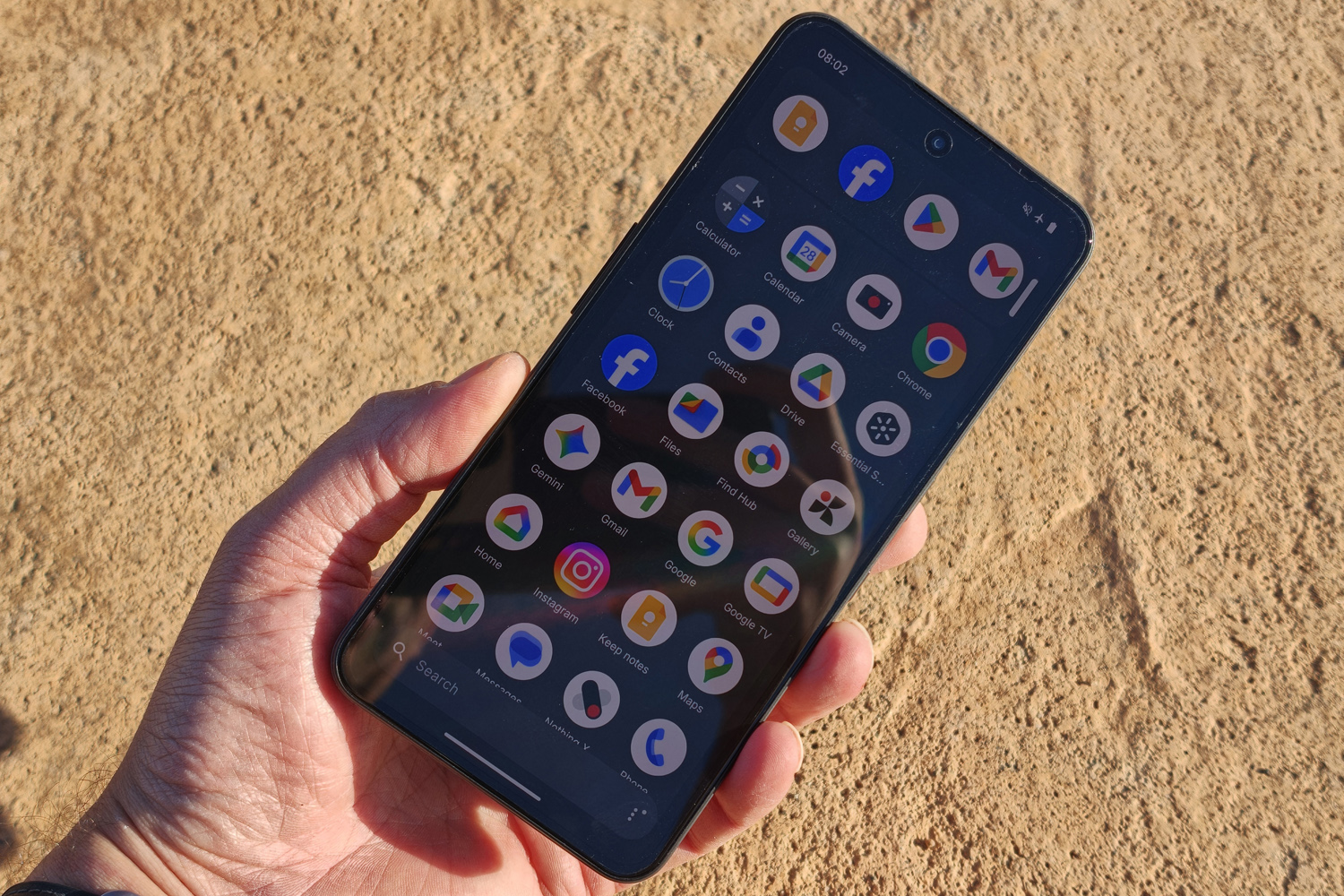

Pretty much everything I said about the CMF Phone 2 Pro’s number-crunching abilities also rings true for the Phone 3a Lite. Both handsets use the same MediaTek Dimensity 7300 Pro chipset paired with 8GB of RAM, plus a further 8GB of system storage siphoned off by the OS as virtual memory.
Nothing says performance is between 15-20% up on the older Phone 2a, and that largely bore out in my testing – though this is still absolutely a budget handset. I haven’t seen benchmark scores this low for a while, though they are on par with other phones in the same price range.
On the other hand, Nothing has done a great job optimising Android for the hardware, so it feels a lot smoother than you’d expect for an entry-grade phone. Apps take longer to open, sure, but I could swap between several without them having to reload from memory. Stick to casual, 2D games and it’ll get along just fine. Anything more demanding I tried would default to lower detail settings, and weren’t ever in danger of troubling the phone’s 120Hz maximum refresh rate. One of my usual 3D benchmarks refused to run at all. The Poco X7 Pro is simply a better choice for mobile gamers.
| Nothing Phone 3a Lite benchmark scores | |
|---|---|
| Geekbench 6 single-core | 1010 |
| Geekbench 6 multi-core | 2949 |
| Speedometer 3.1 | 8.98 |
| Geekbench AI | 2075 |
| 3Dmark Wildlife Extreme | 854 |
The 5000mAh battery is also unchanged from the CMF Phone 2 Pro, and still translates to an entire day of typical use before you’ll need to refuel it. I could last from one morning to the next without plugging in overnight if I avoided games and 5G mobile data, which is a respectable enough showing. Heavy use definitely drains things quicker.
Charging speeds still top out at 33W, which is a decent effort given some top-tier models like the Samsung Galaxy S25 and Google Pixel 10 still can’t reach that high. With a compatible charger (which isn’t included in the box) I saw a 50% refuel in around 25 minutes. Wireless charging being absent isn’t a big deal, given the low pricing.
Nothing Phone 3a Lite verdict
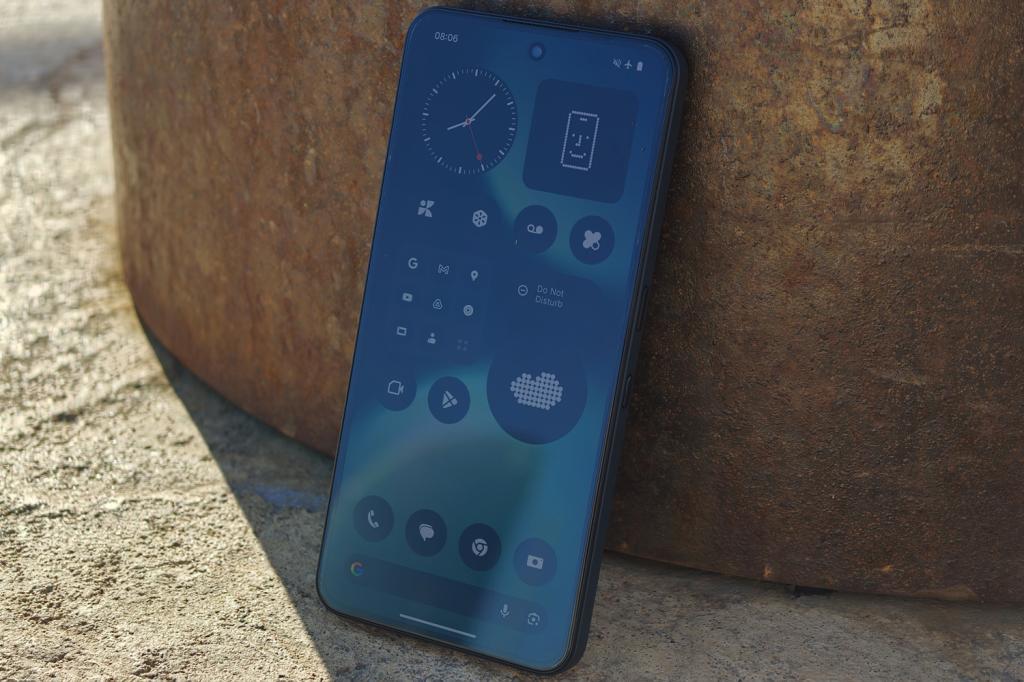
Decent specs, a distinctive design and (mostly) clean UI help this handset stand out among its budget-friendly peers. And with CMF being spun off into its own India-first company, I get why Nothing felt the need to plug a gap in its line-up – it’s just the savings aren’t big enough to recommend the Phone 3a Lite over its bigger brother.
Officially the Phone 3a – which has more versatile cameras, extra processing punch, and a more complete set of Glyph LEDs – will set you back £329. Only it’s been out long enough now that retailers are regularly knocking the price down to the 3a Lite’s level. When the two are otherwise matched on software, screen, battery and charging speeds, it makes no sense to go for the lesser version.
If you can’t find a deal on a Phone 3a, the Poco X7 Pro is an equally affordable alternative with a more powerful processor, bigger battery, and better water resistance.
Stuff Says…
The Phone 3a Lite brings the mainline Nothing lineup to new levels of affordability without fully abandoning its most distinctive features, but the price gap is narrow enough that most people should stick with its bigger brother.
Pros
Largely preserves the trademark Nothing design beats
Good-looking screen and respectable battery life
Familiar, fantastic take on Android runs smoothly for an entry-level phone
Cons
Beaten on price – and spec – by its own sub-brand
Limited long-term support, with future updates set to bring bloat and adware
No stereo speakers
Nothing Phone 3a Lite technical specifications
| Screen | 6.77in 2392×1080 AMOLED w/ 120Hz |
| CPU | MediaTek Dimensity 7300 Pro |
| Memory | 8GB RAM |
| Cameras | 50MP, f/1.88 w/ PDAF, OIS + 8MP, f/2.2 ultrawide rear. 16MP, f/2.45 front |
| Storage | 128/256GB on-board, microSD expansion |
| Operating system | Android 15 w/ NothingOS 3.5 |
| Battery | 5000mAh w/ 33W wired charging |
| Dimensions | 168x78x8.3mm, 199g |

